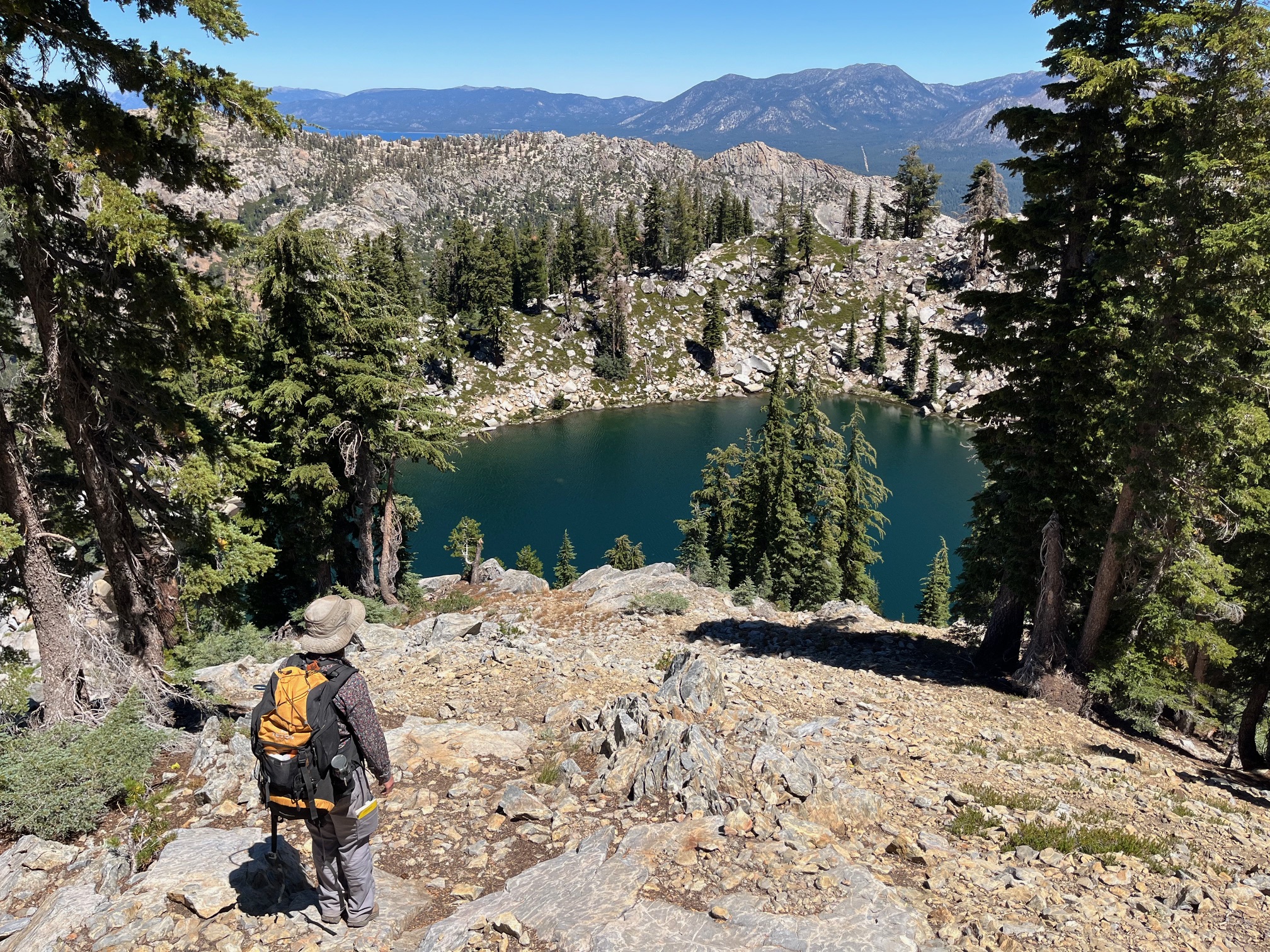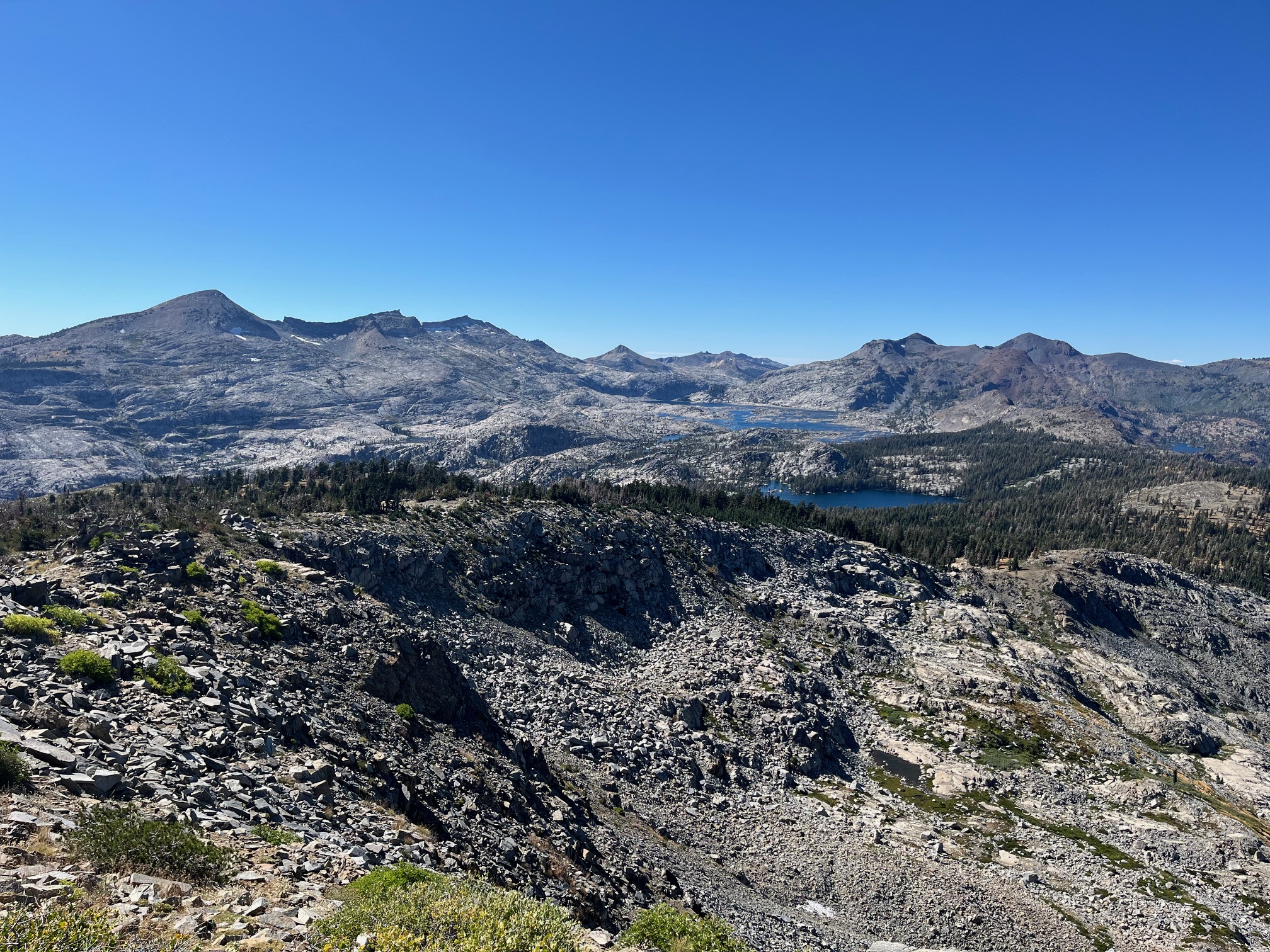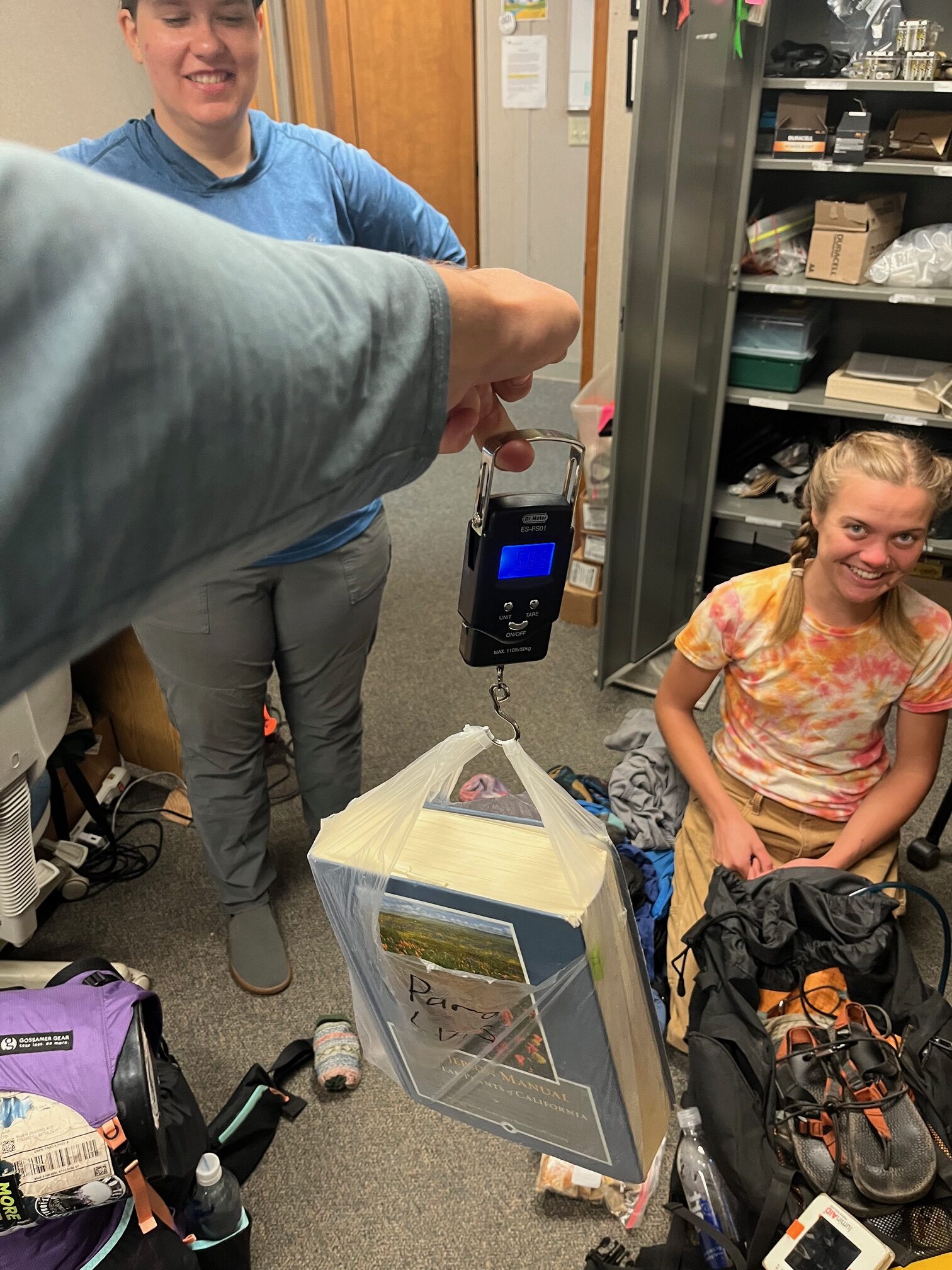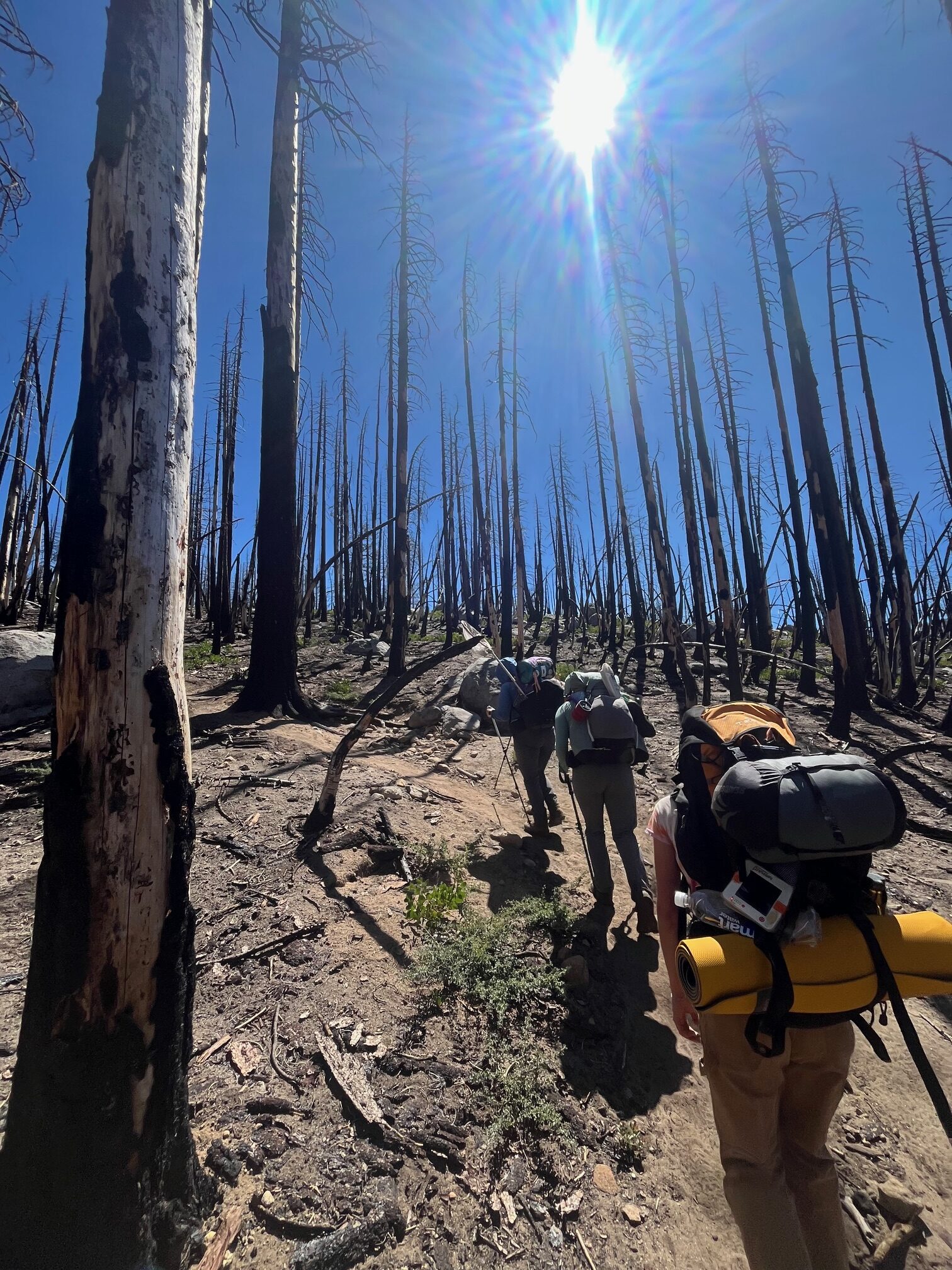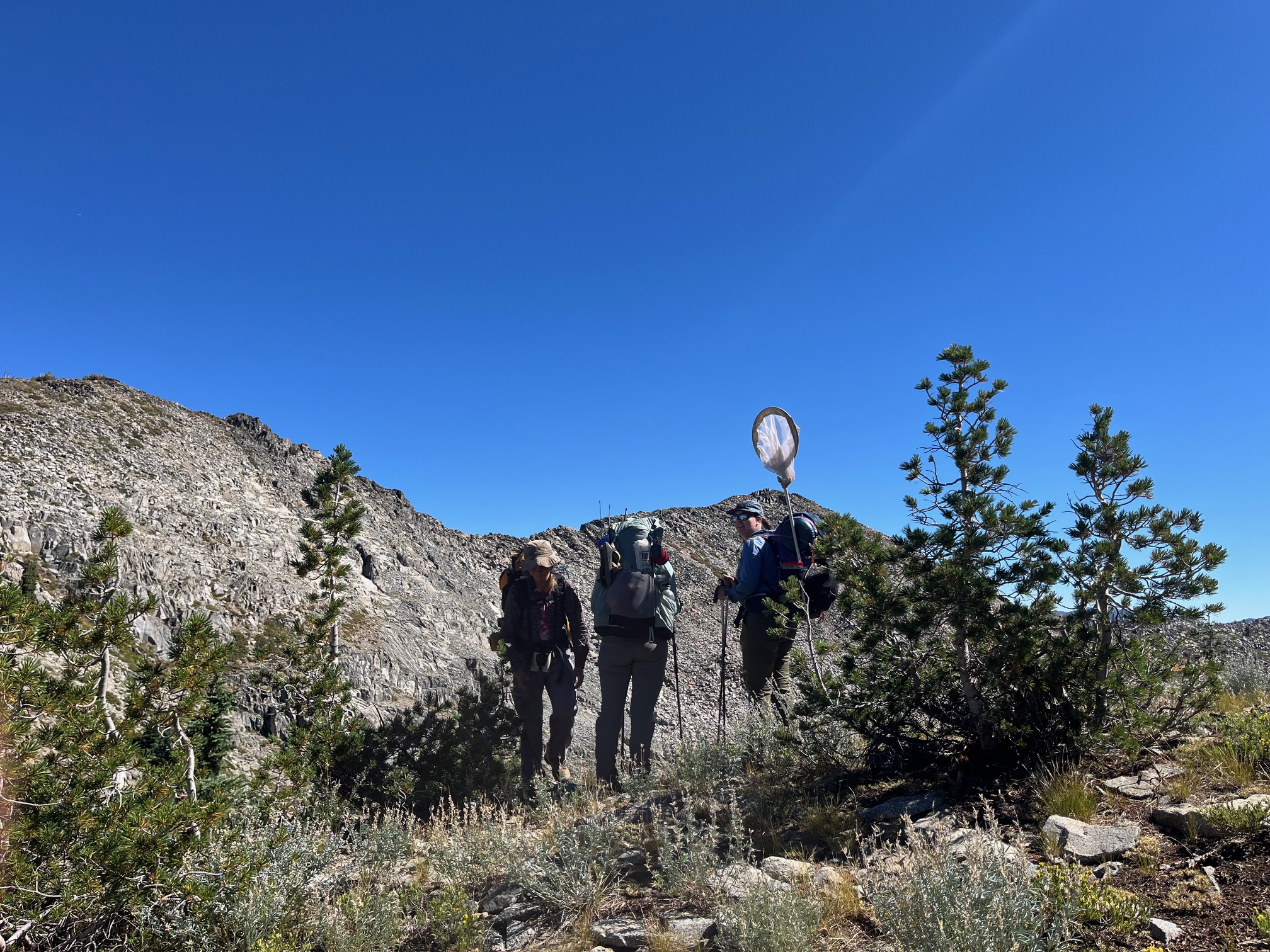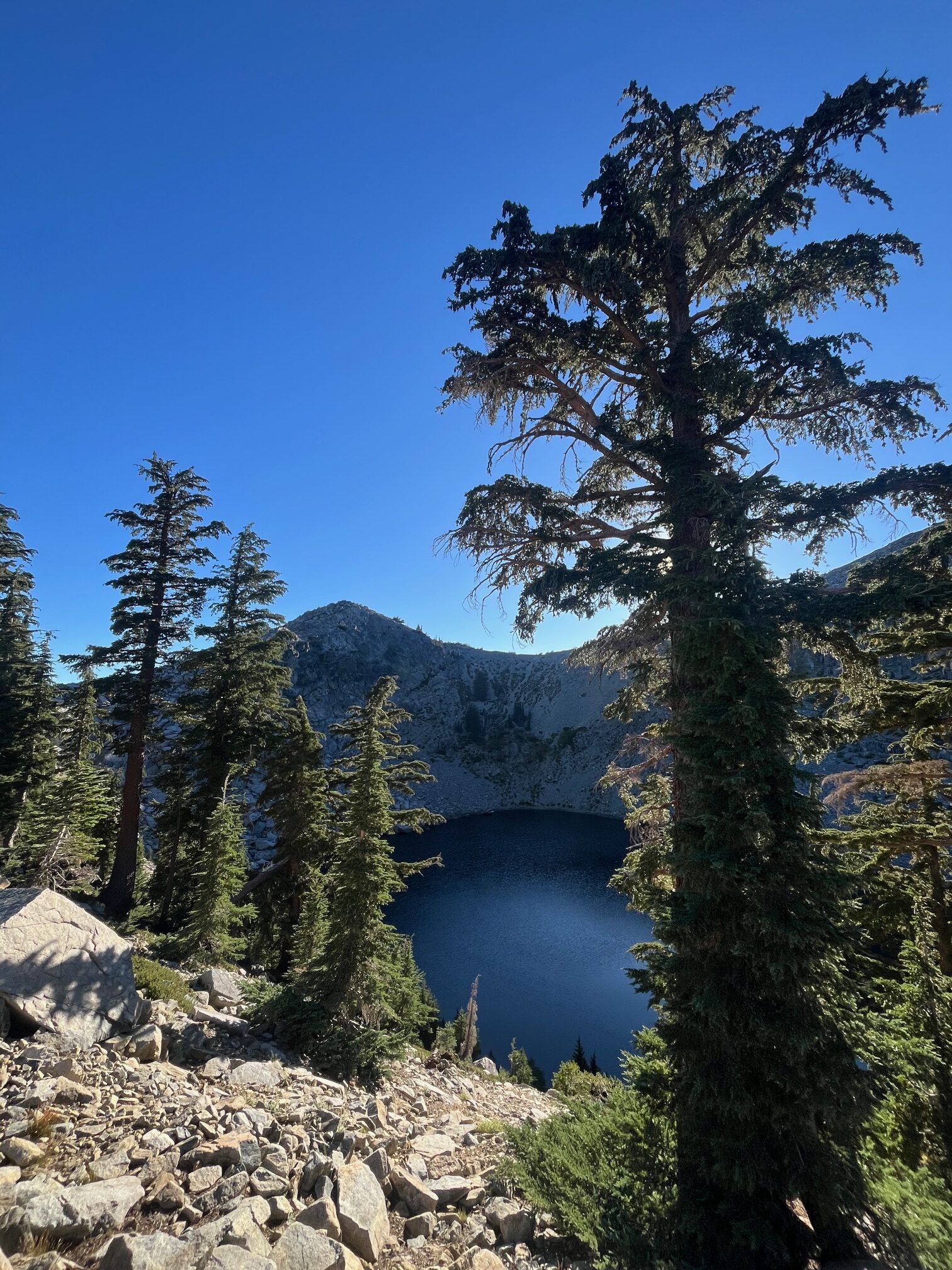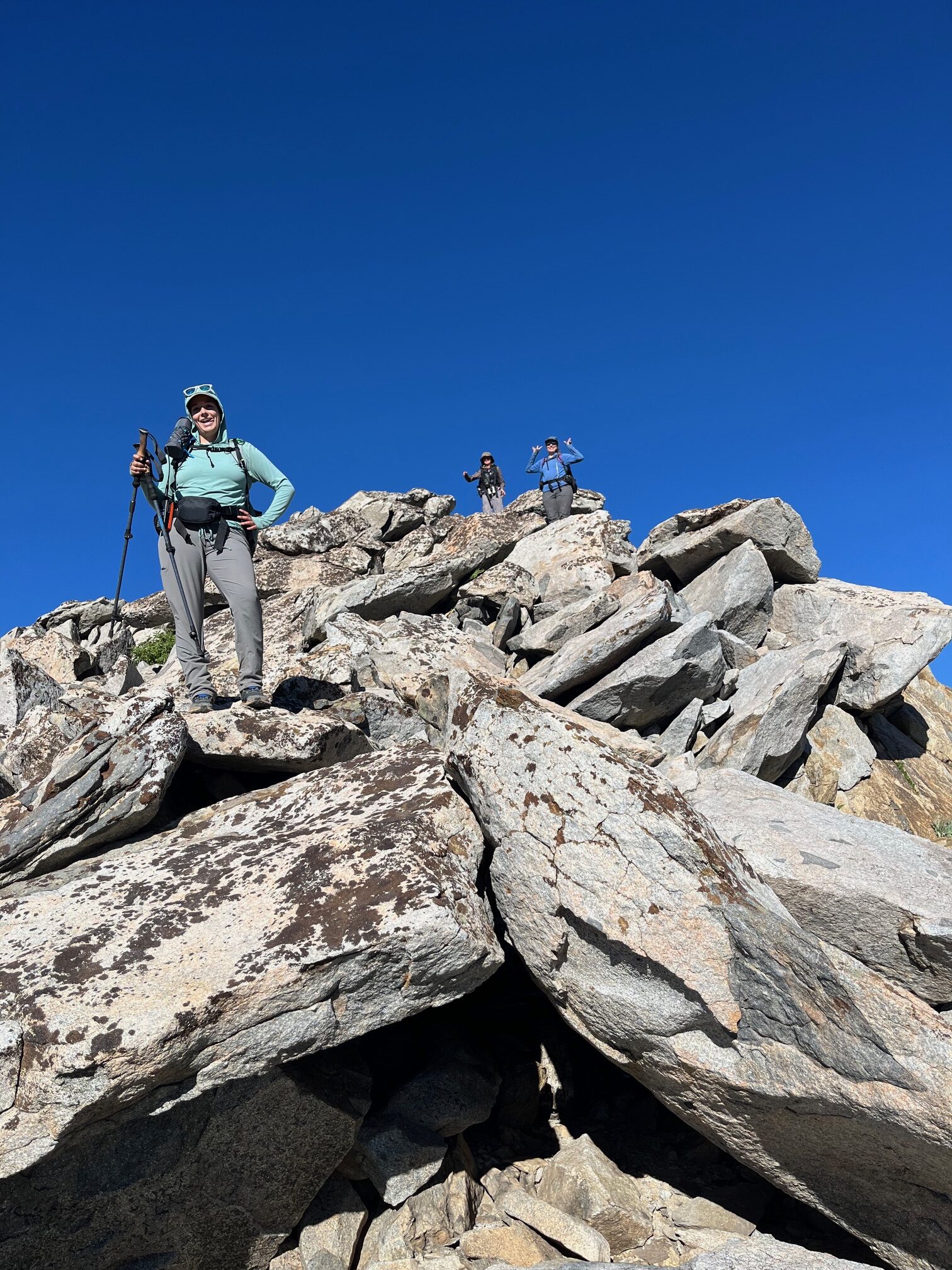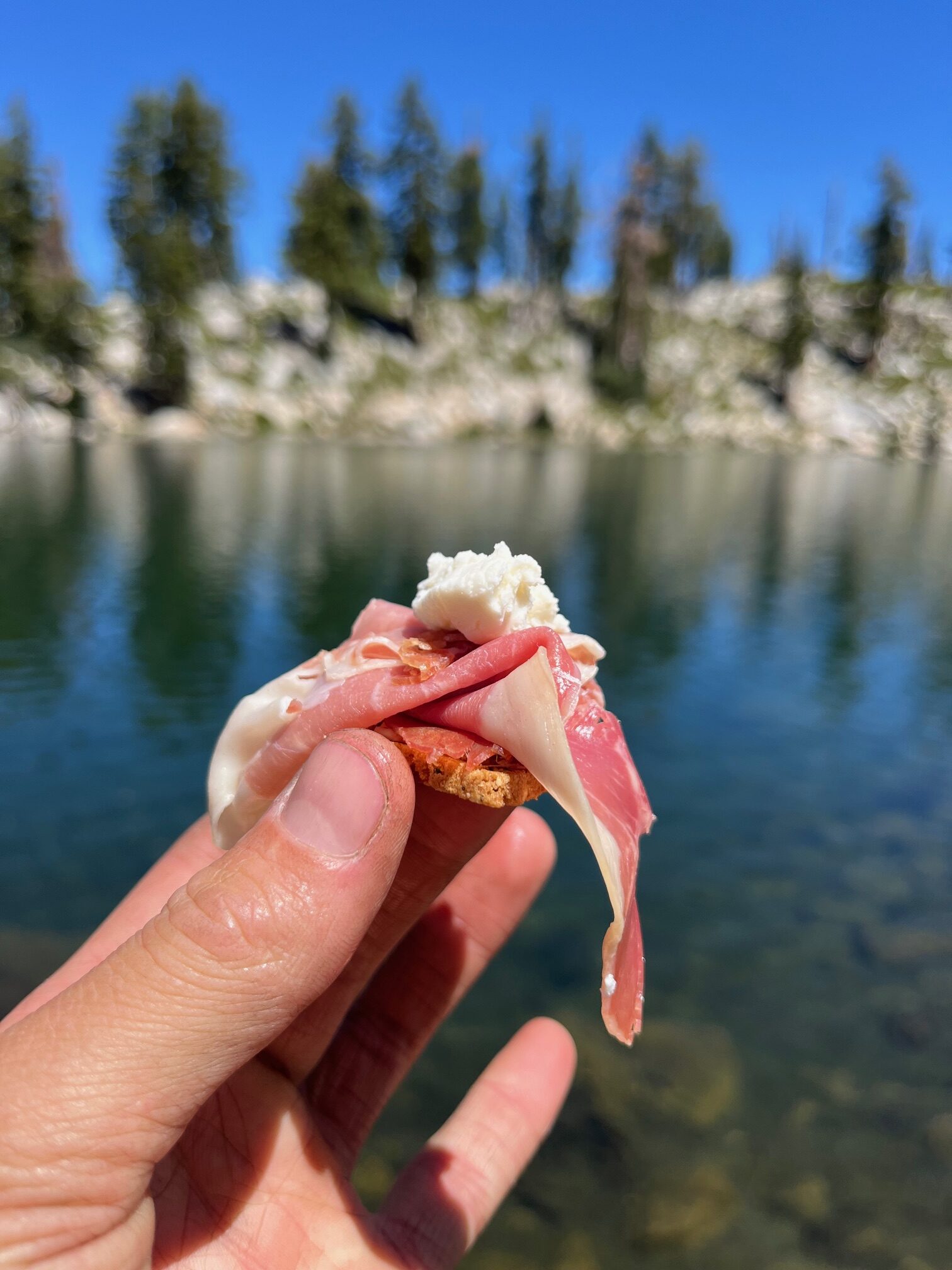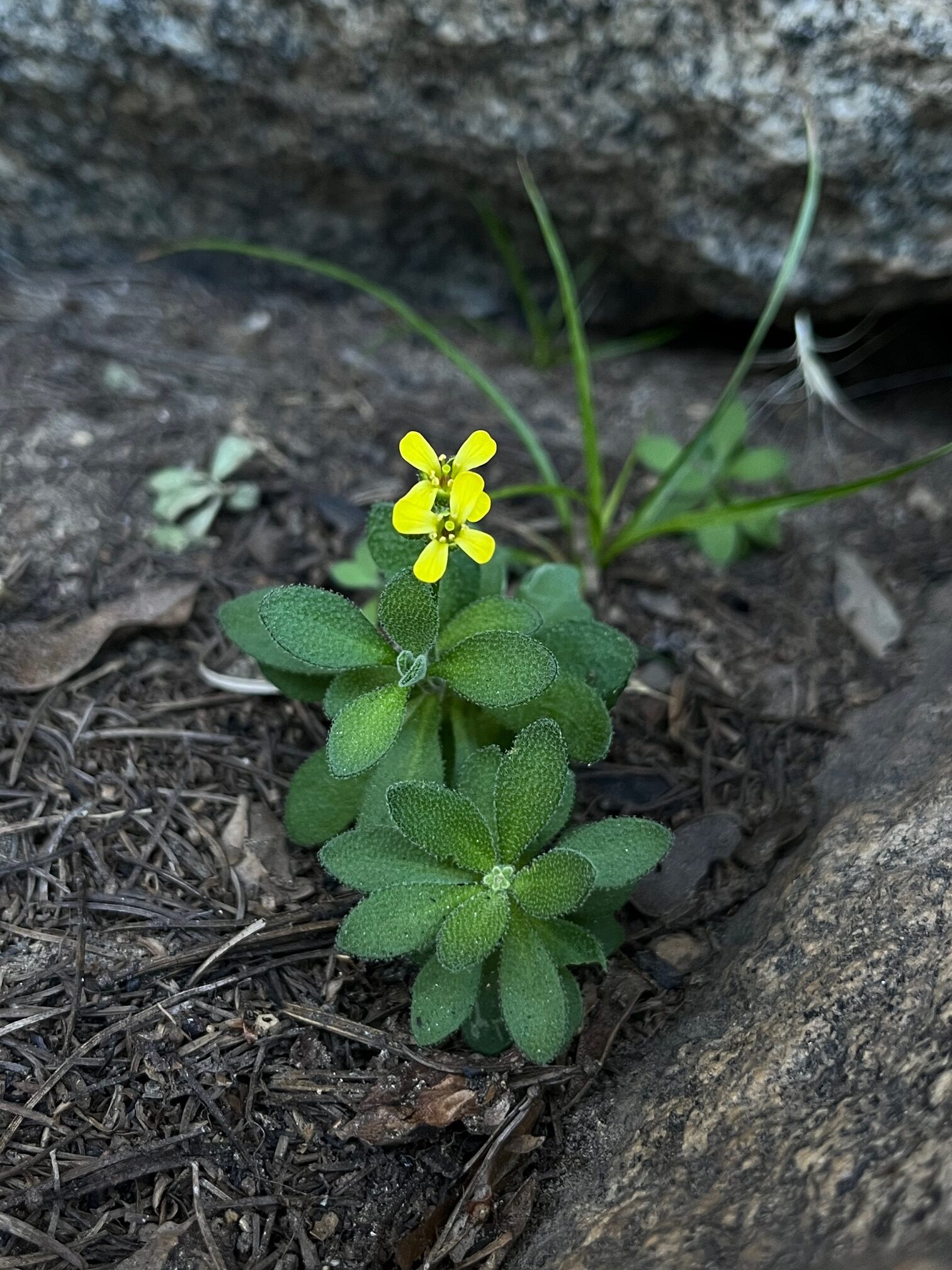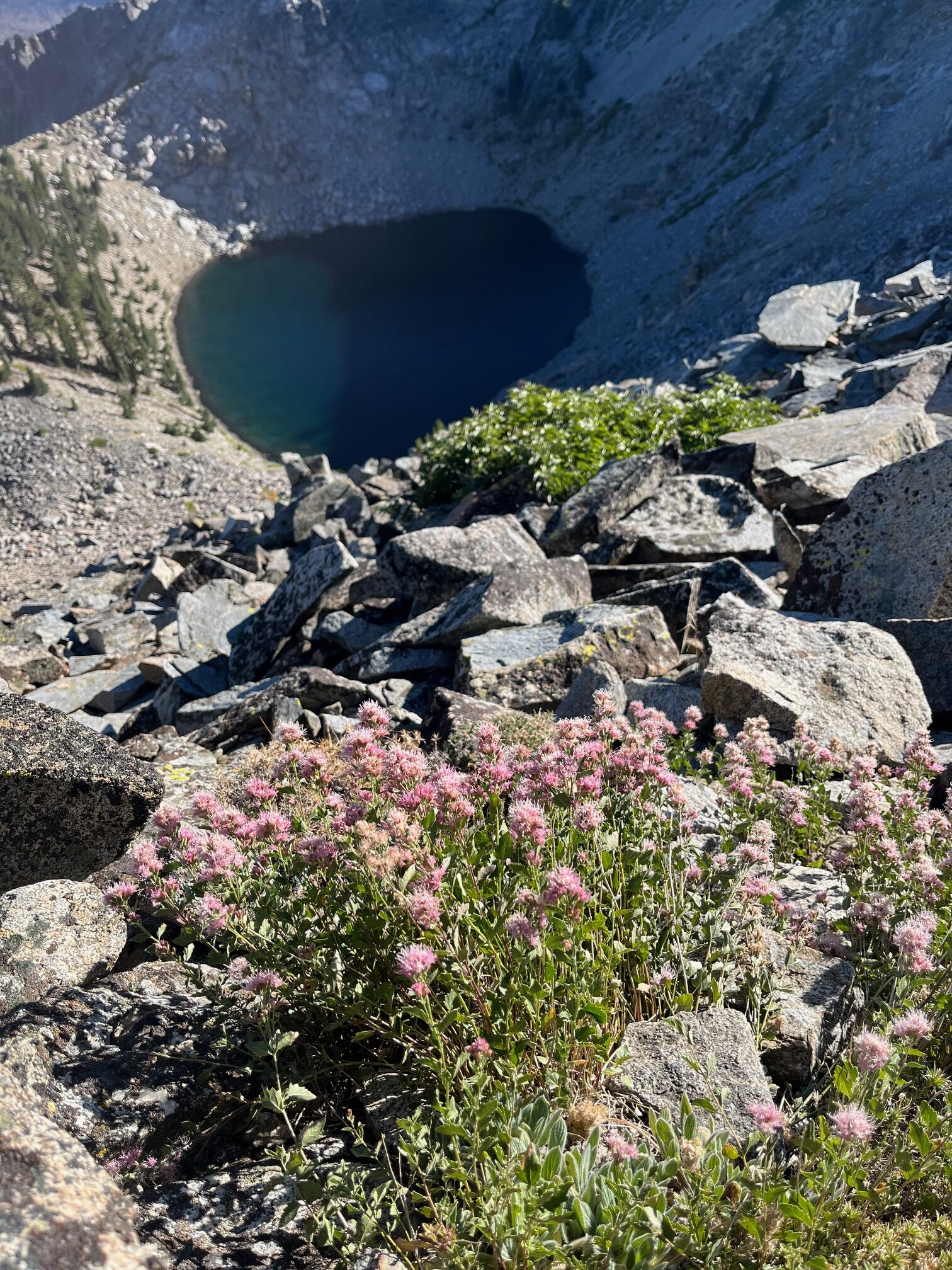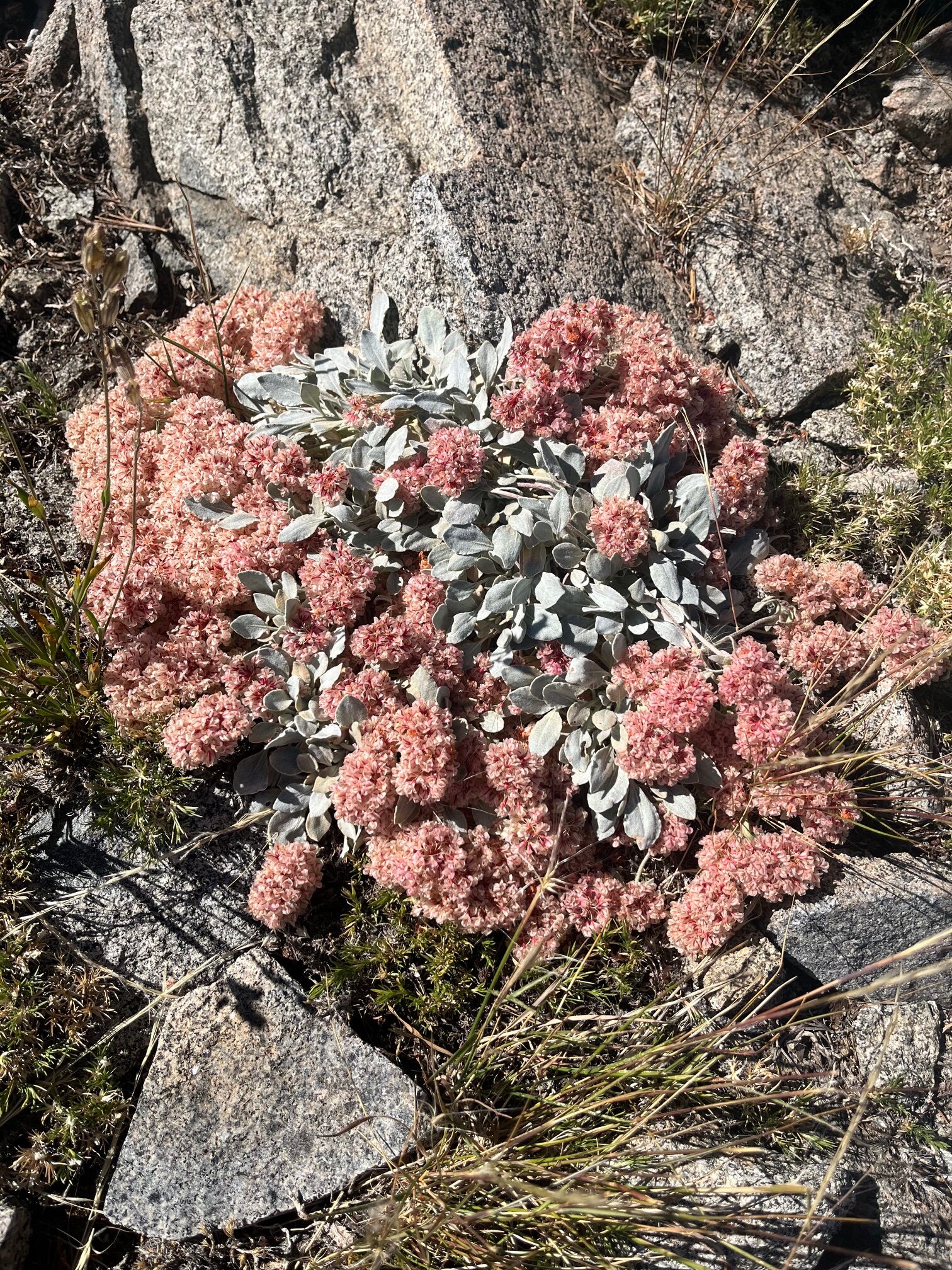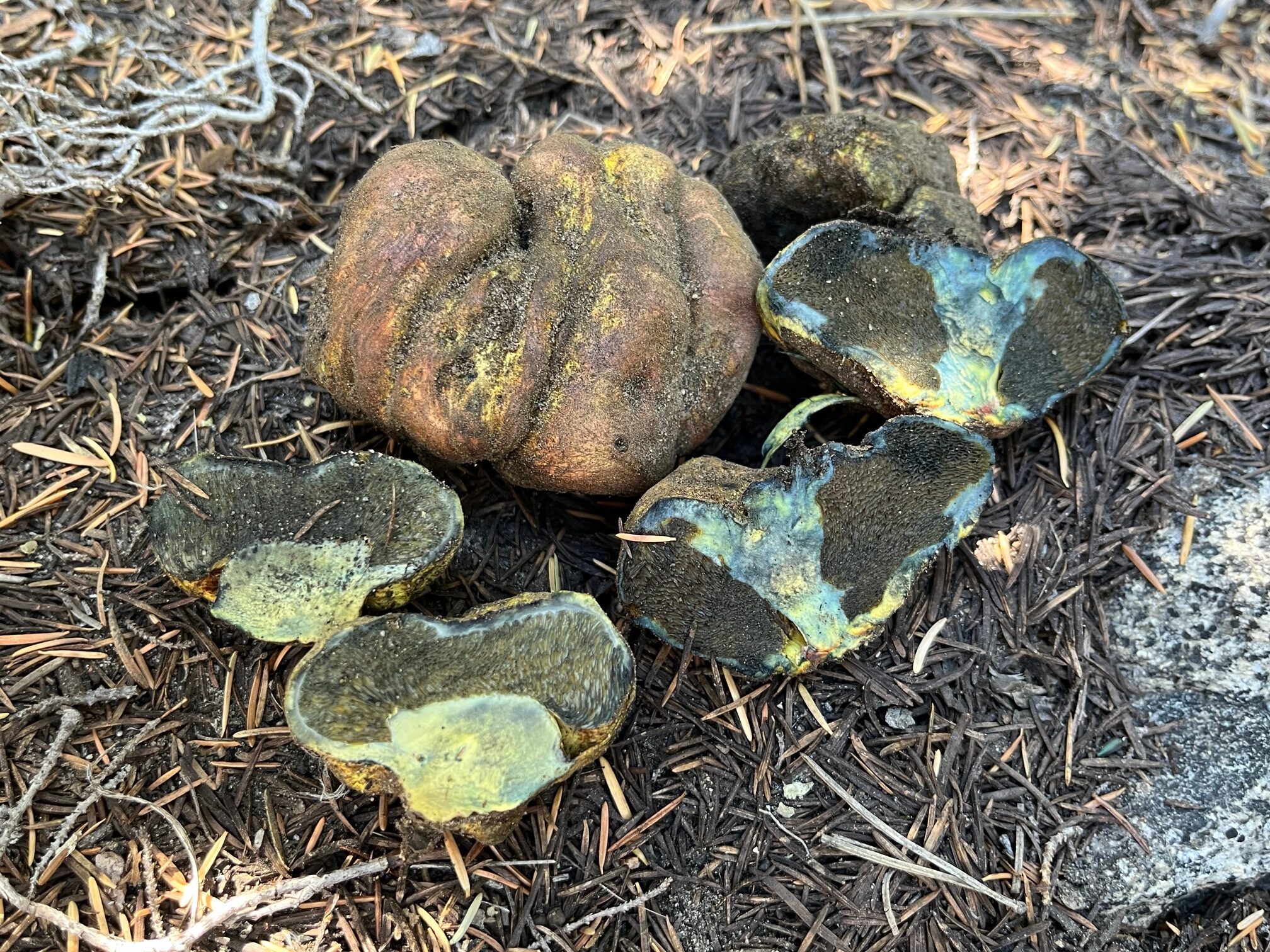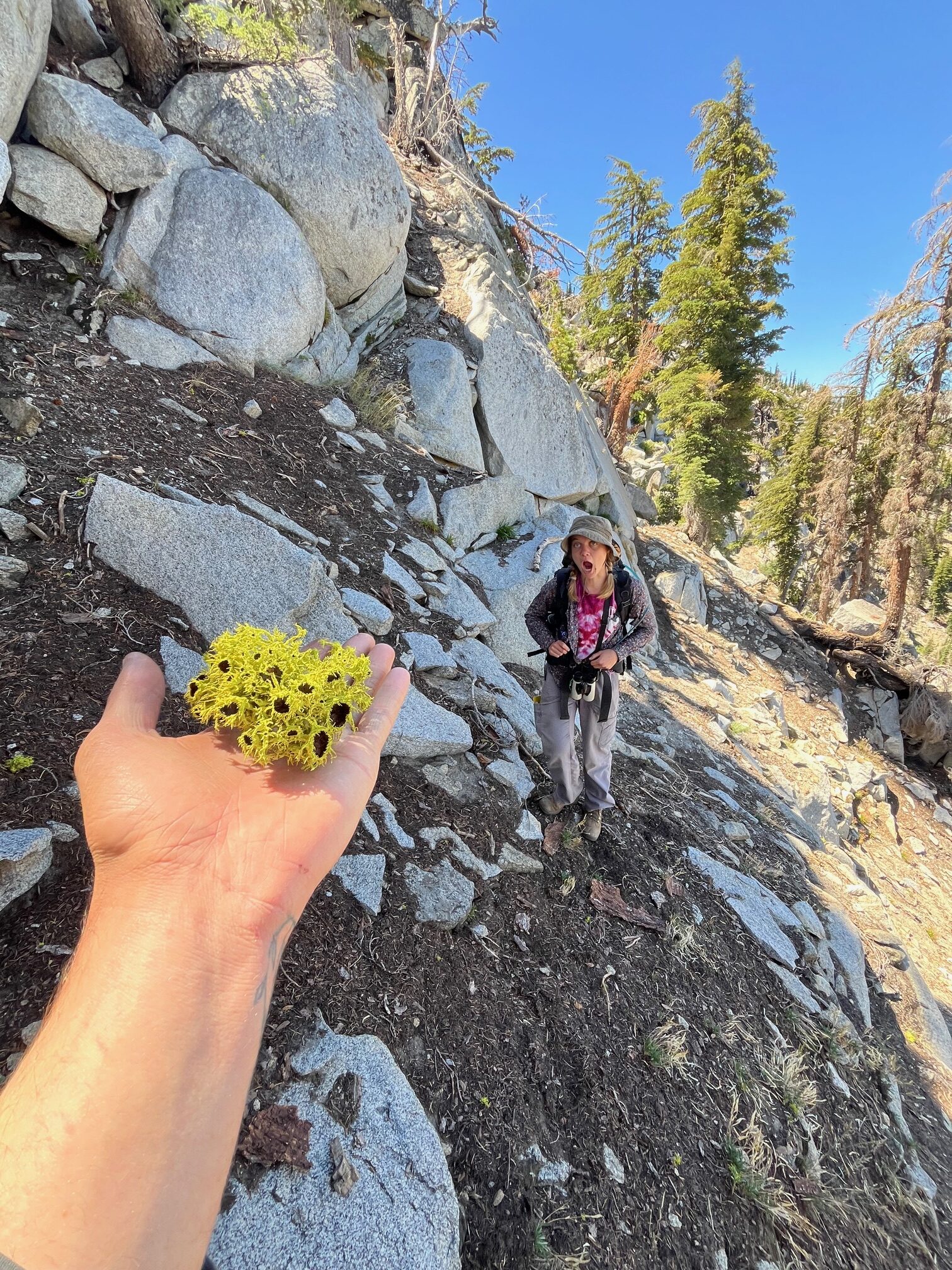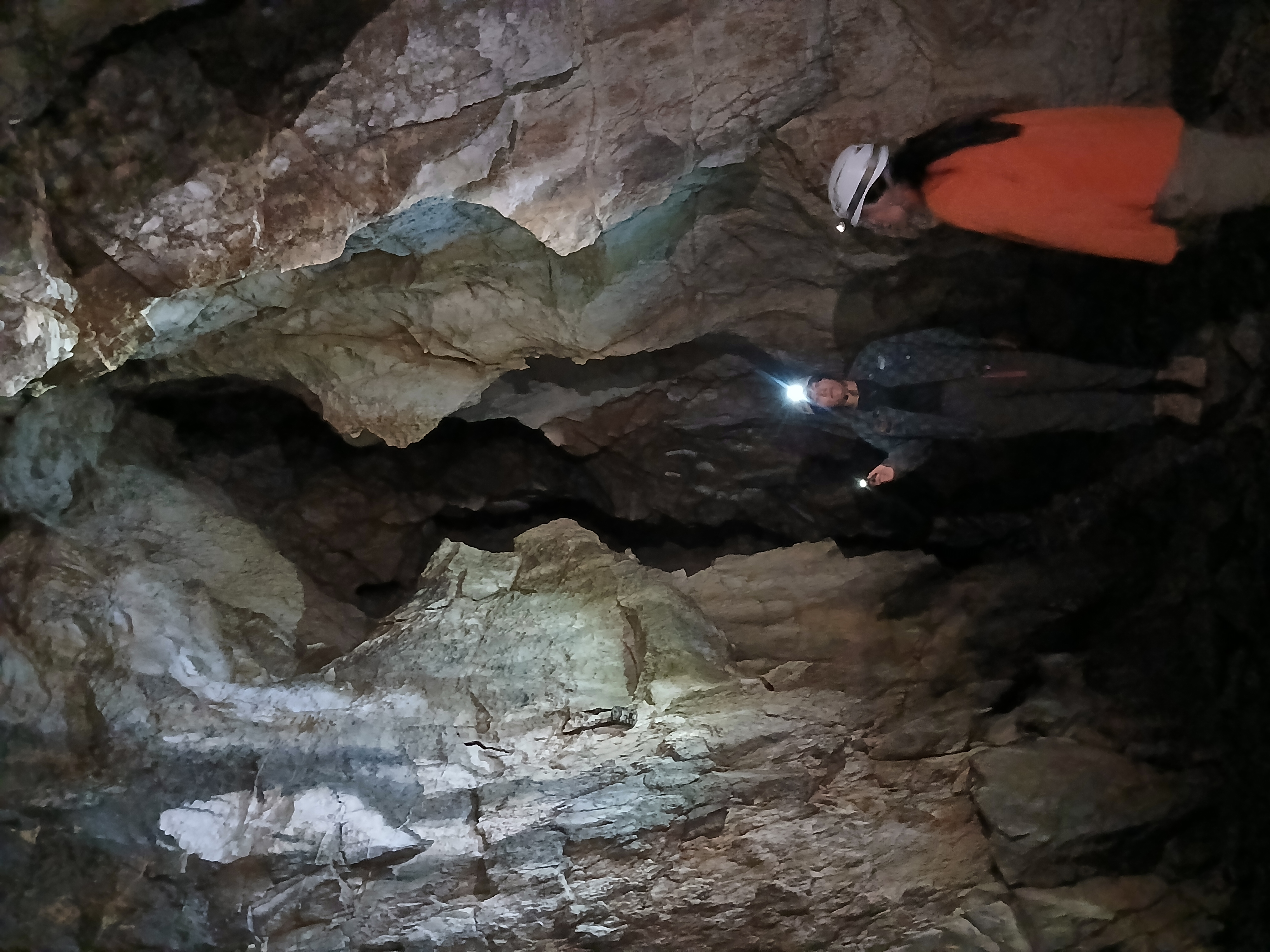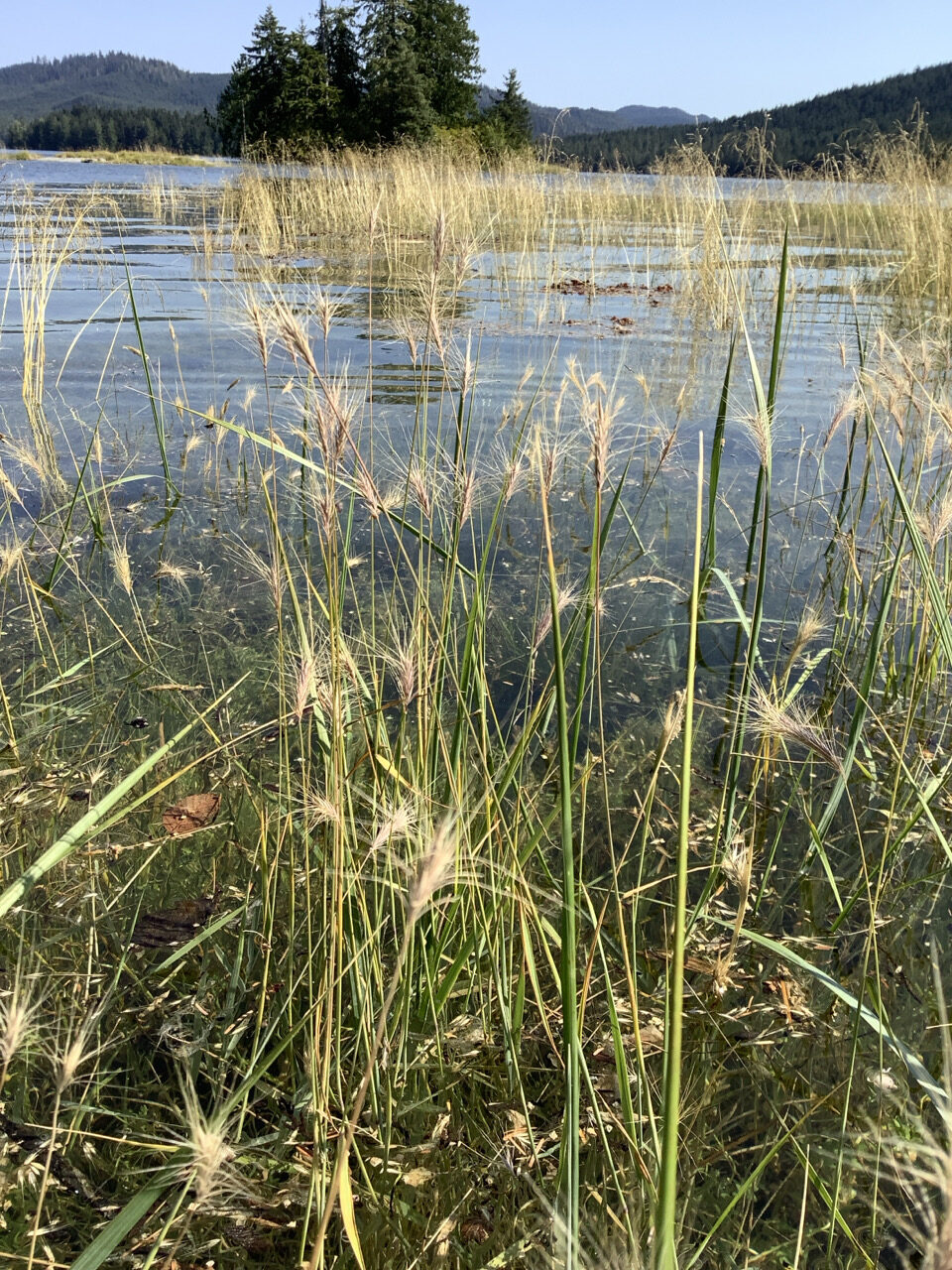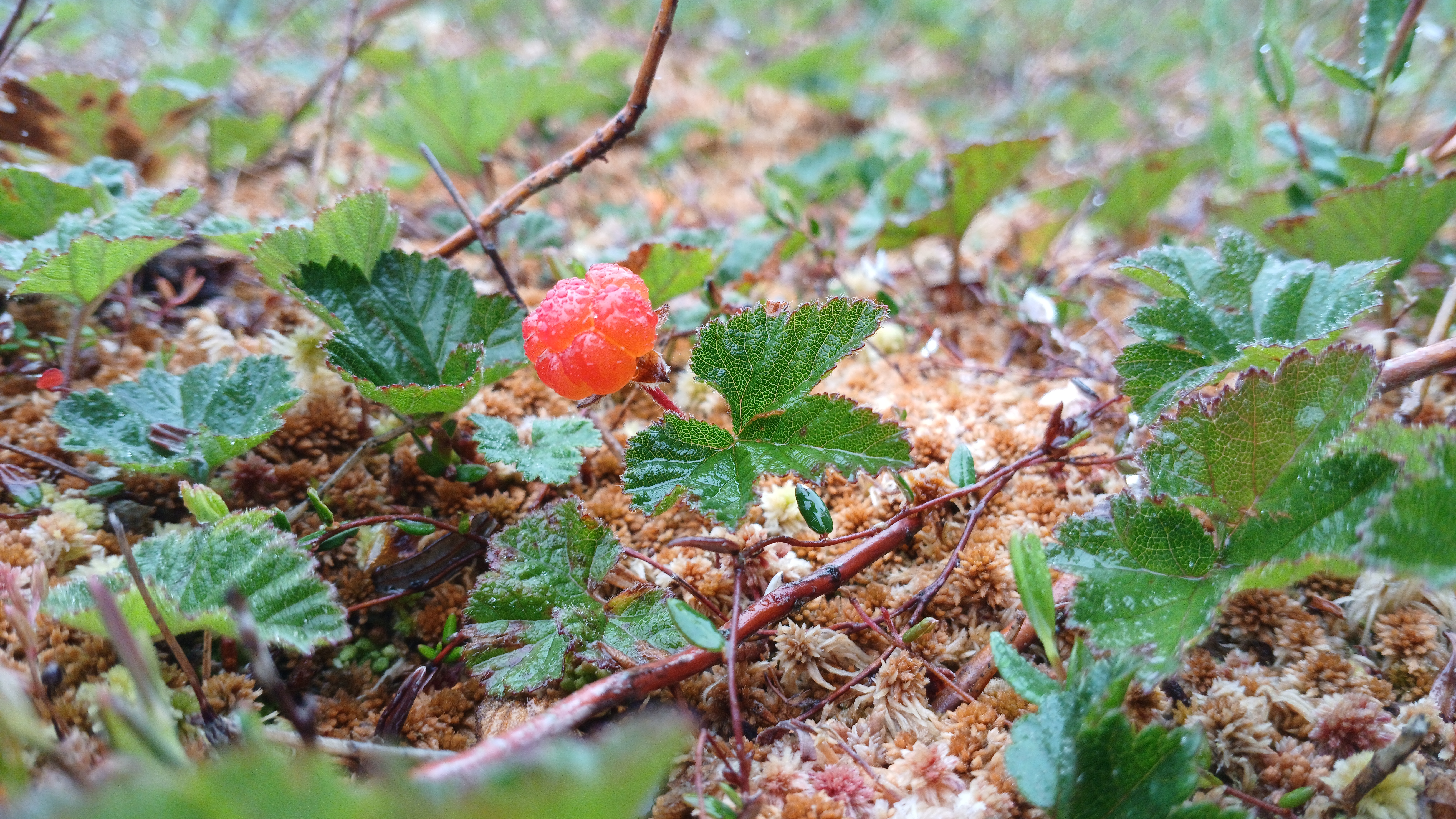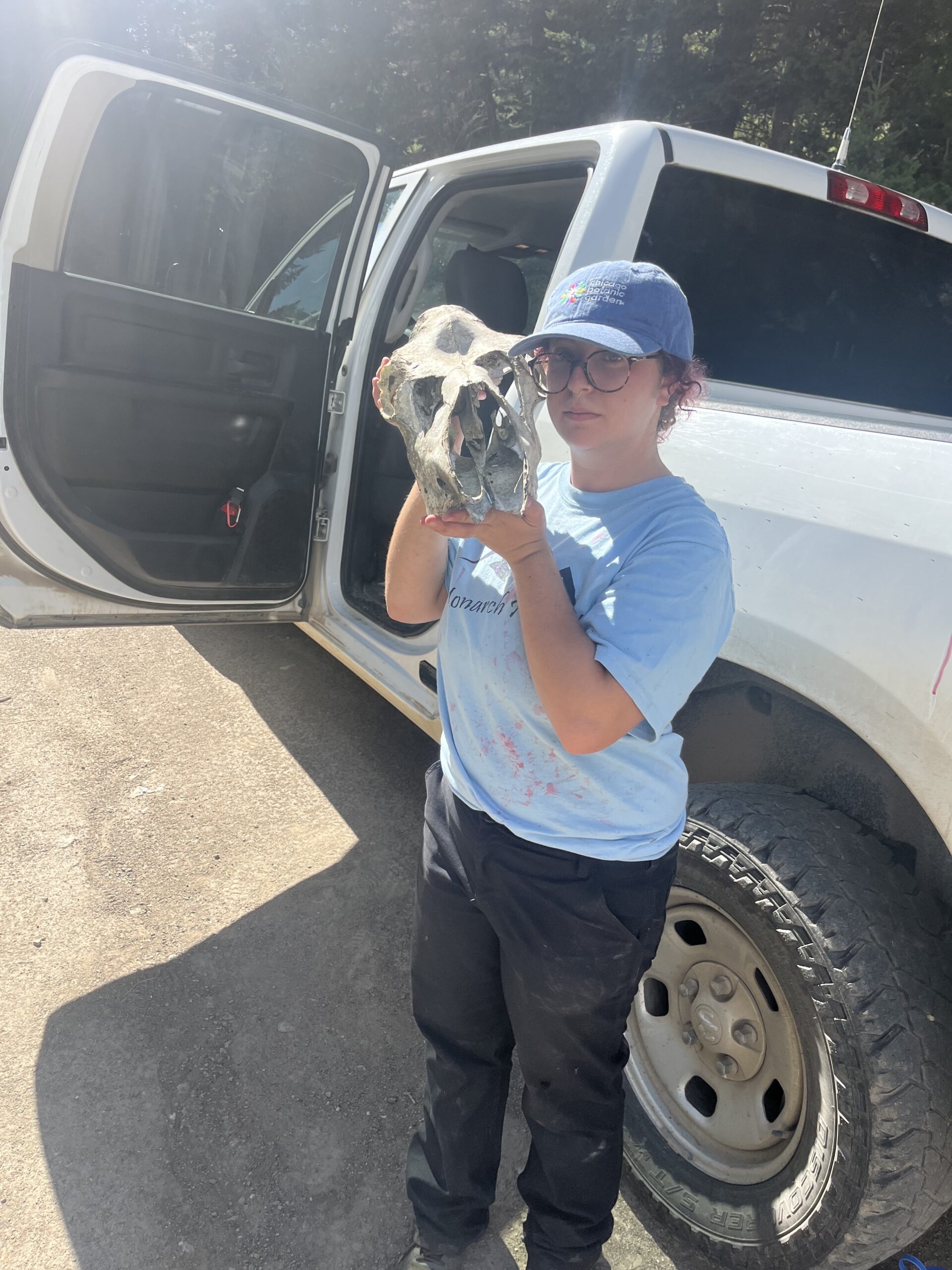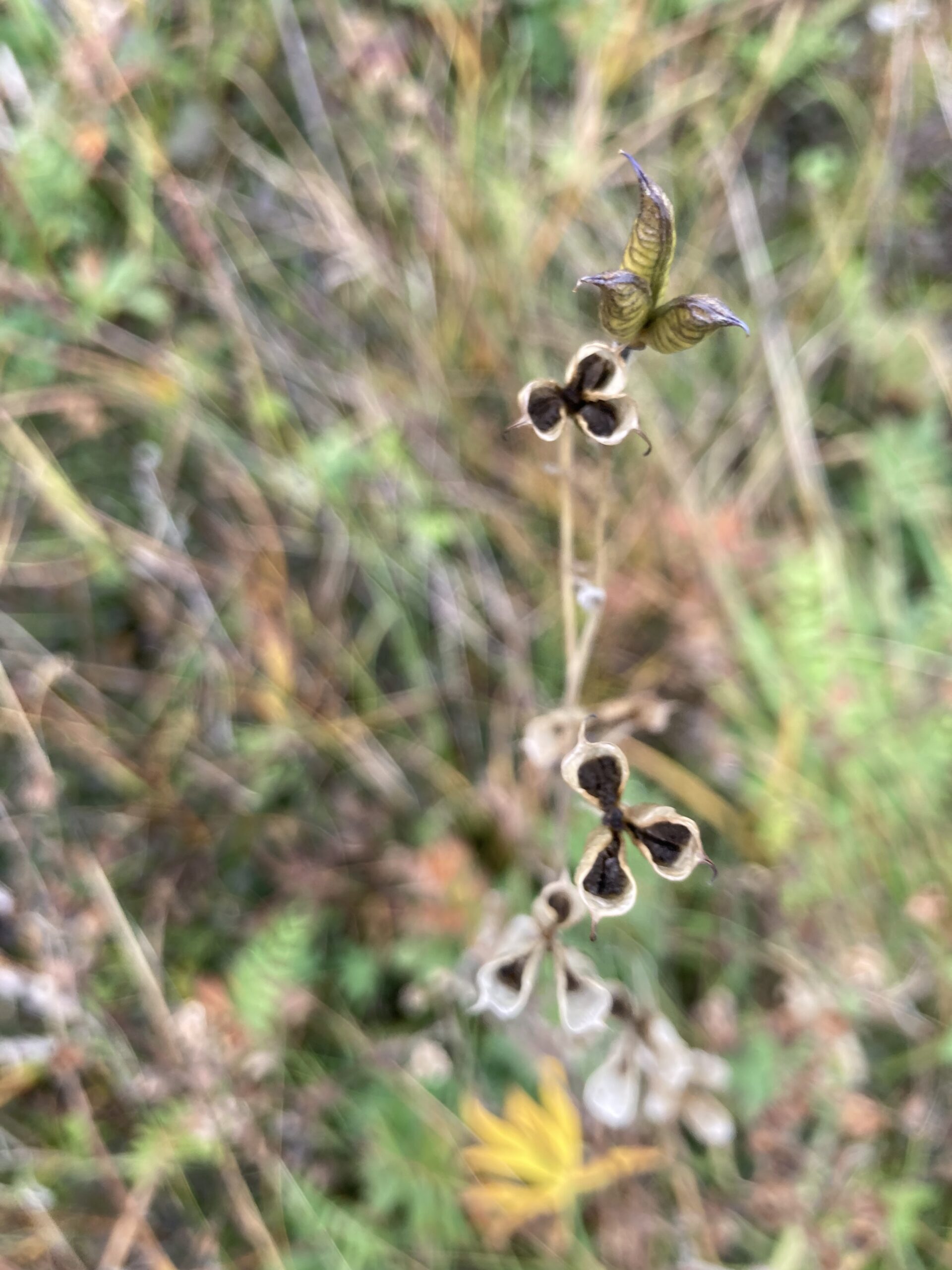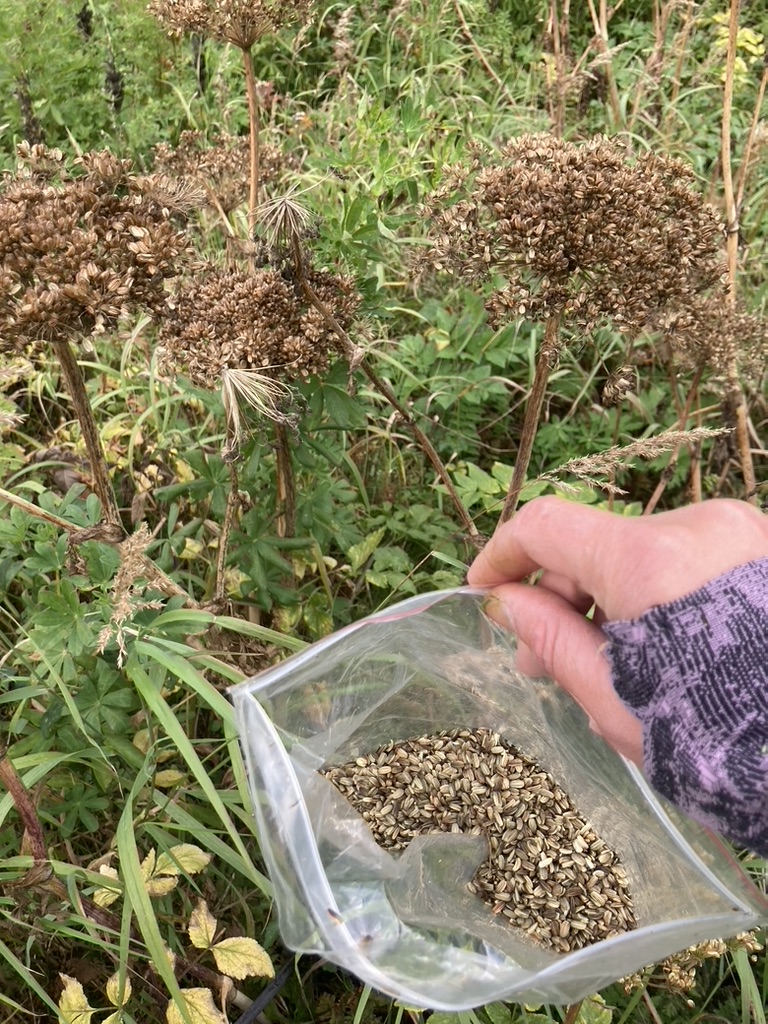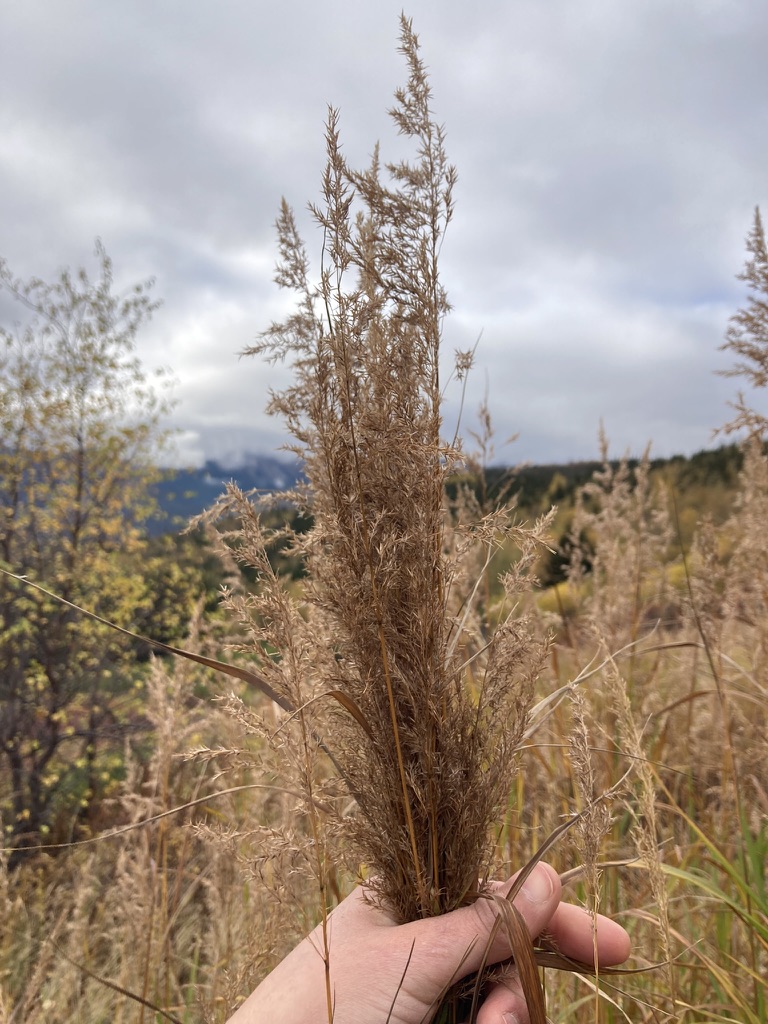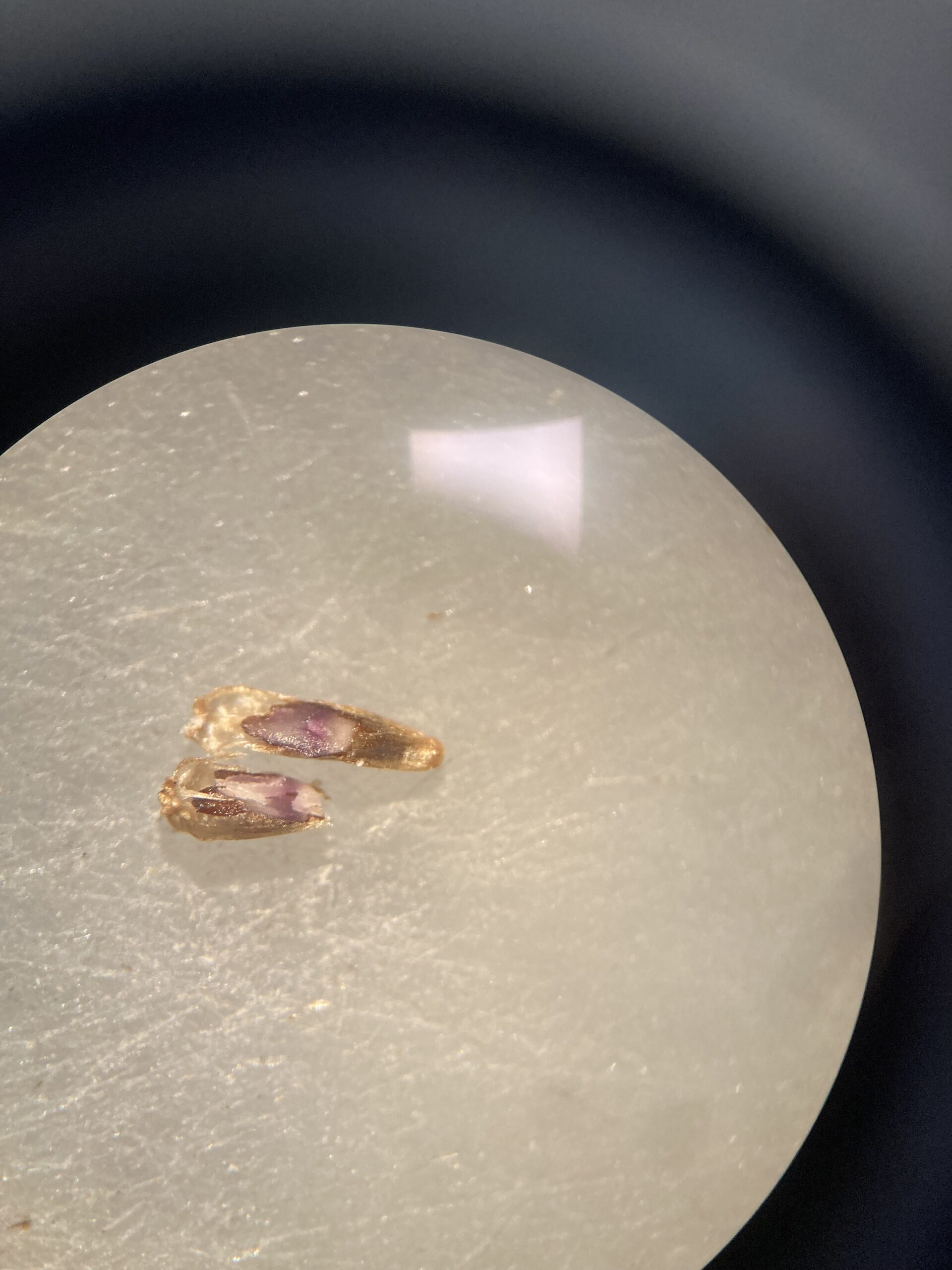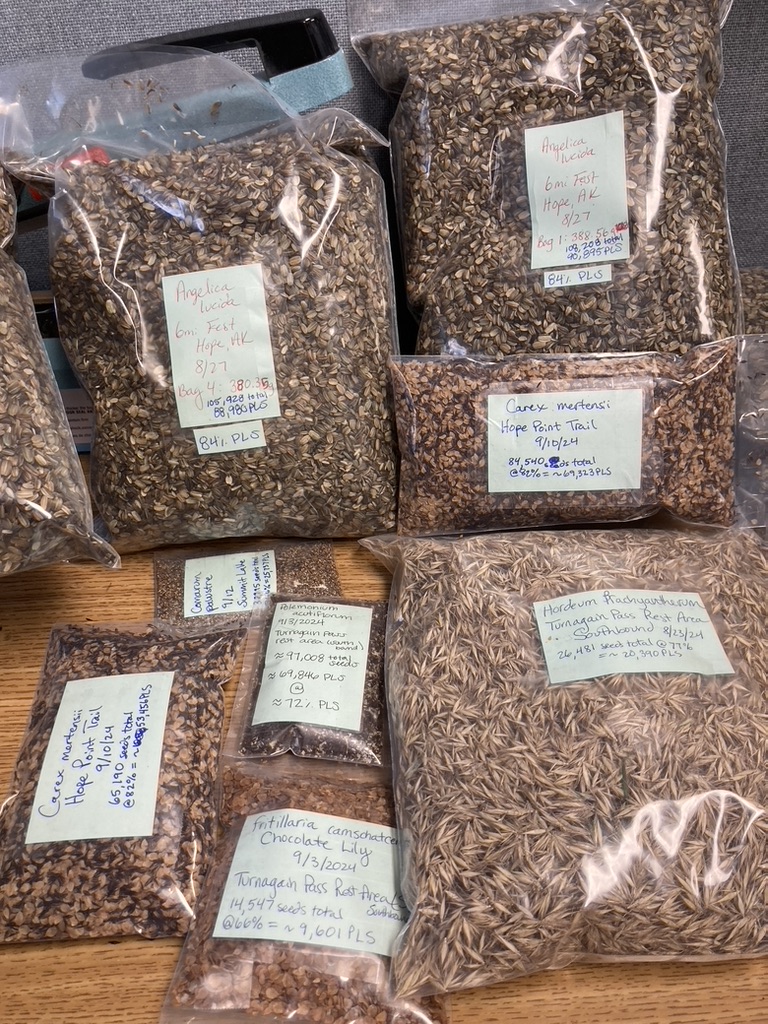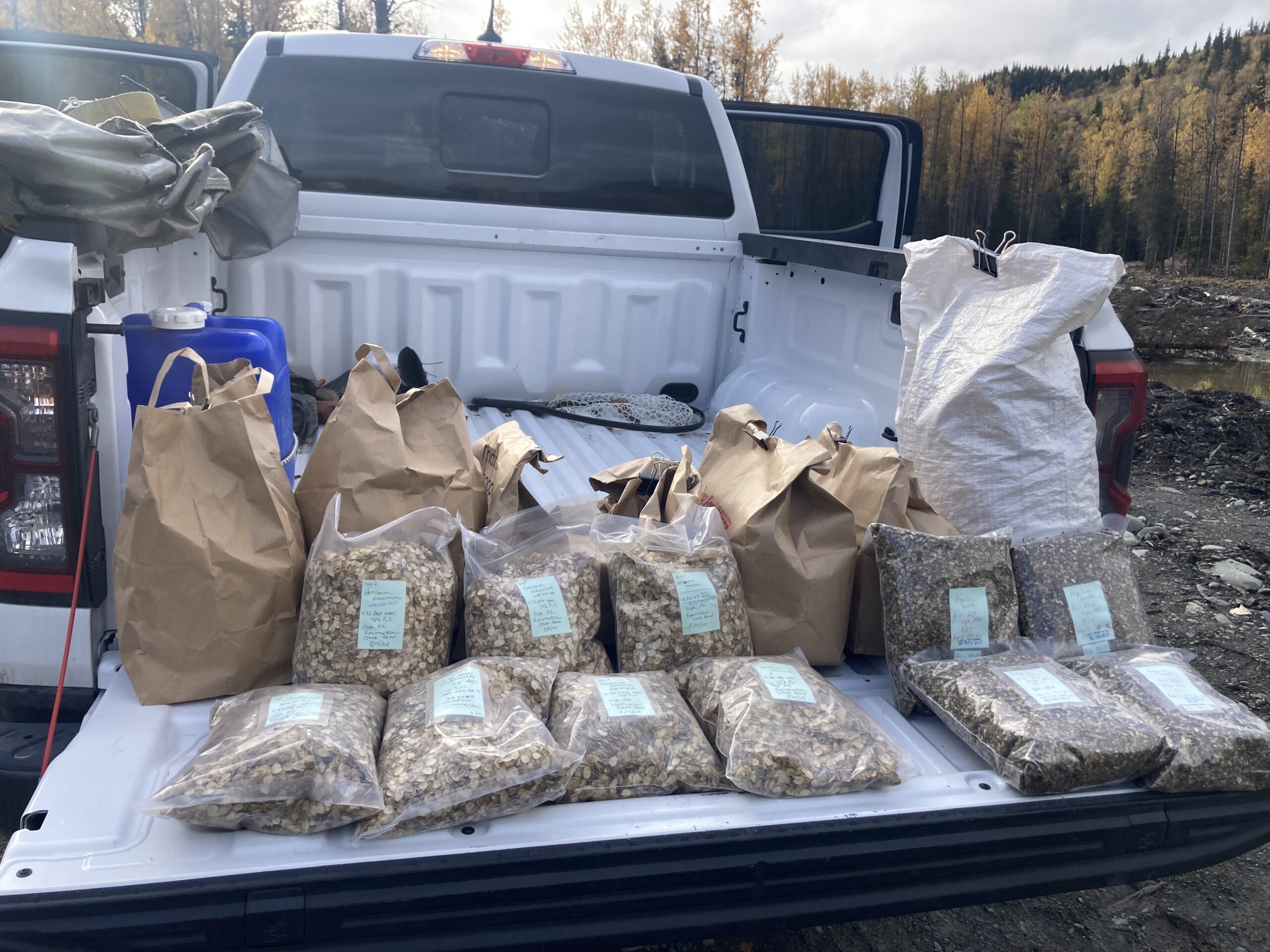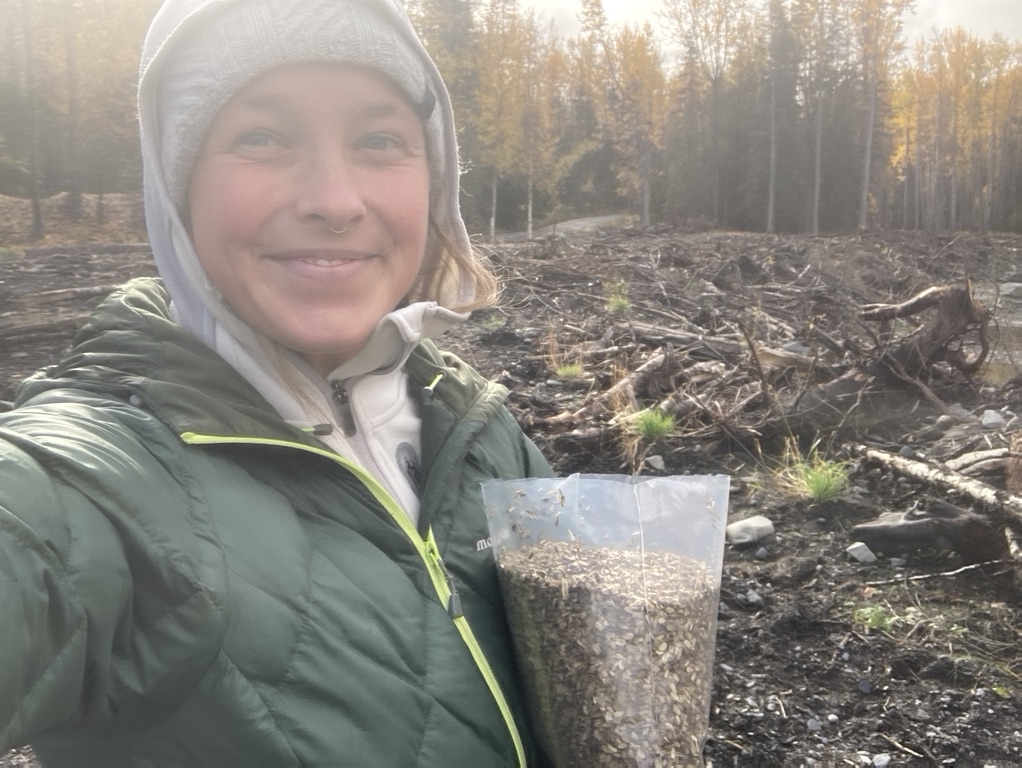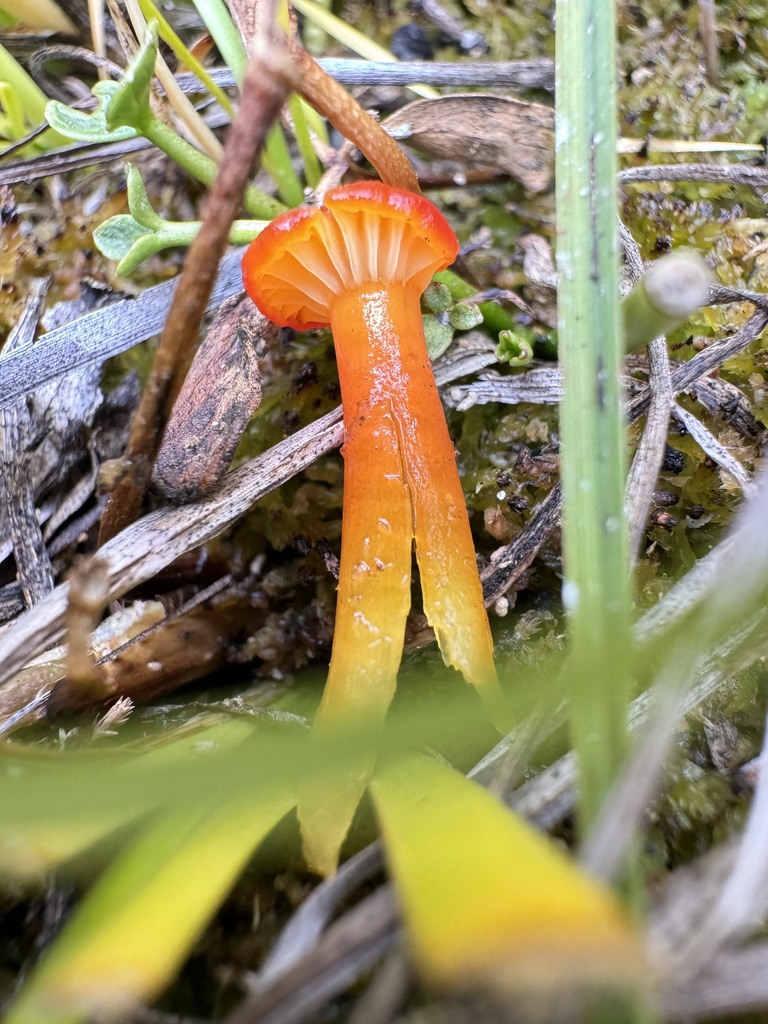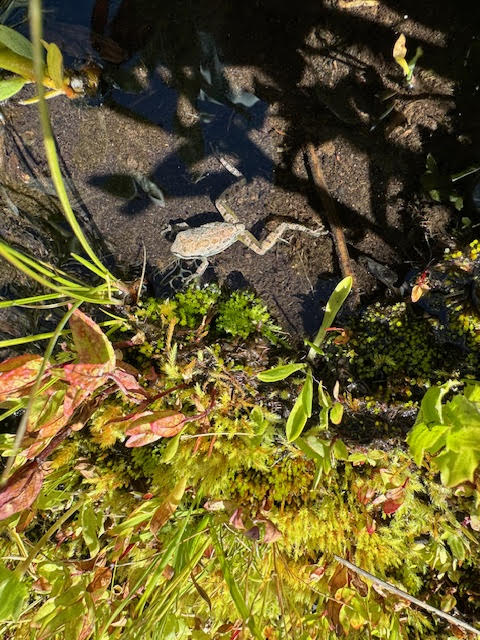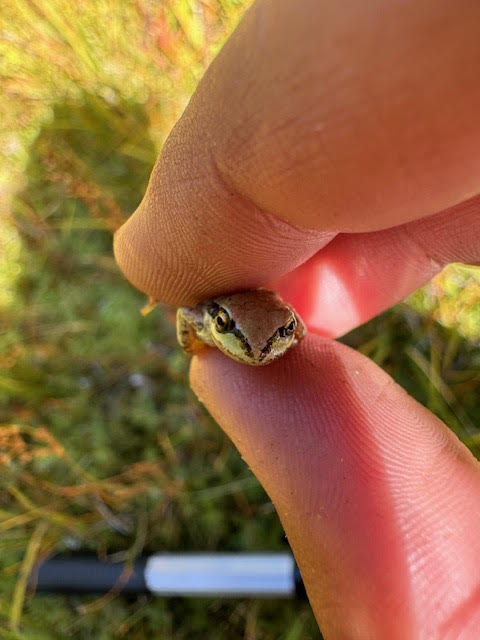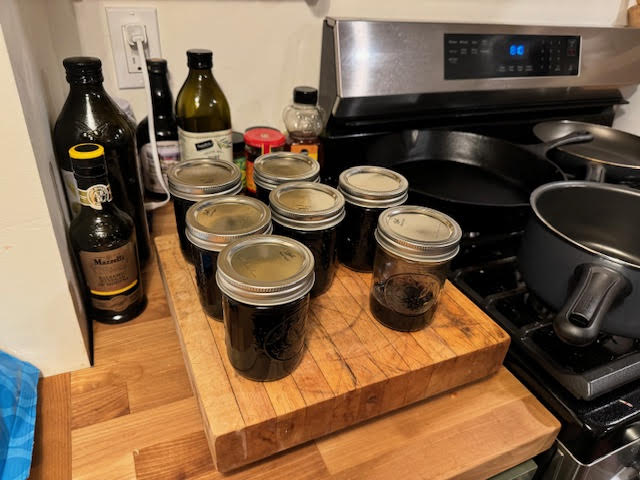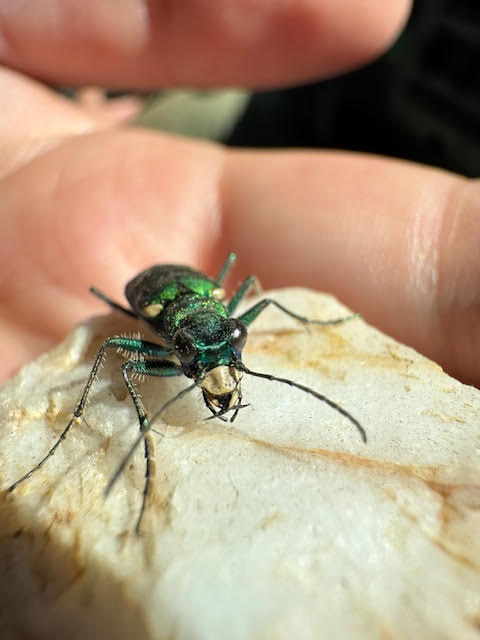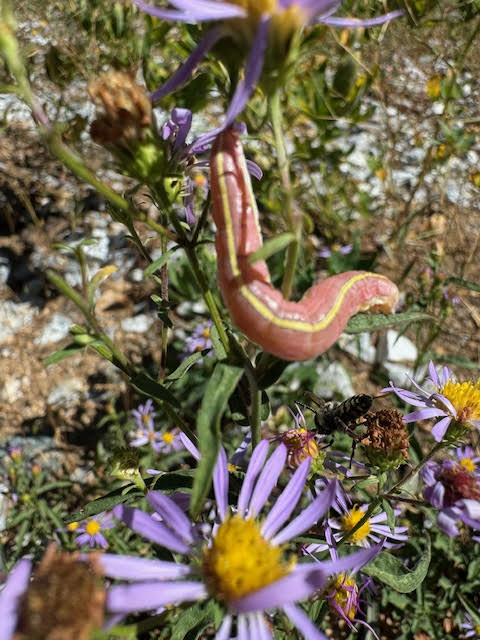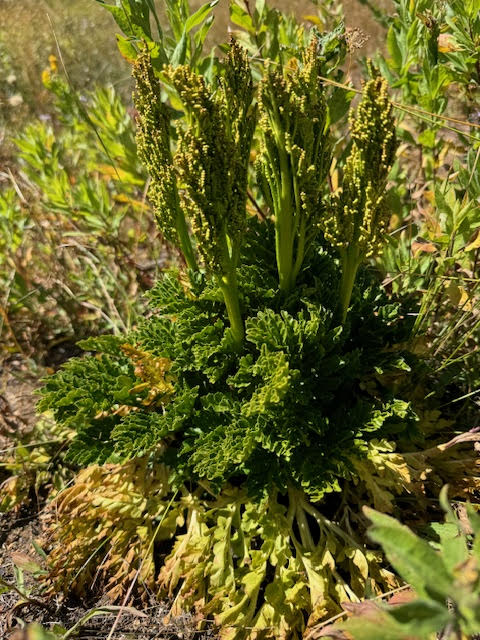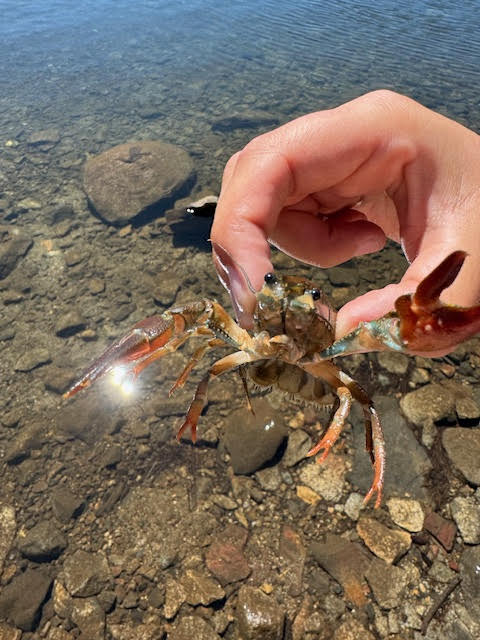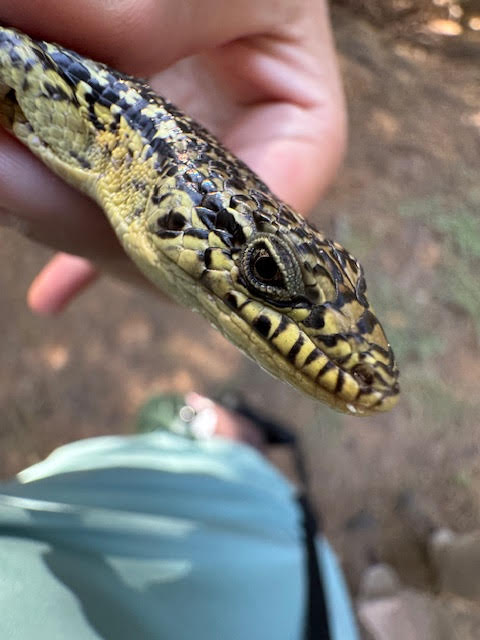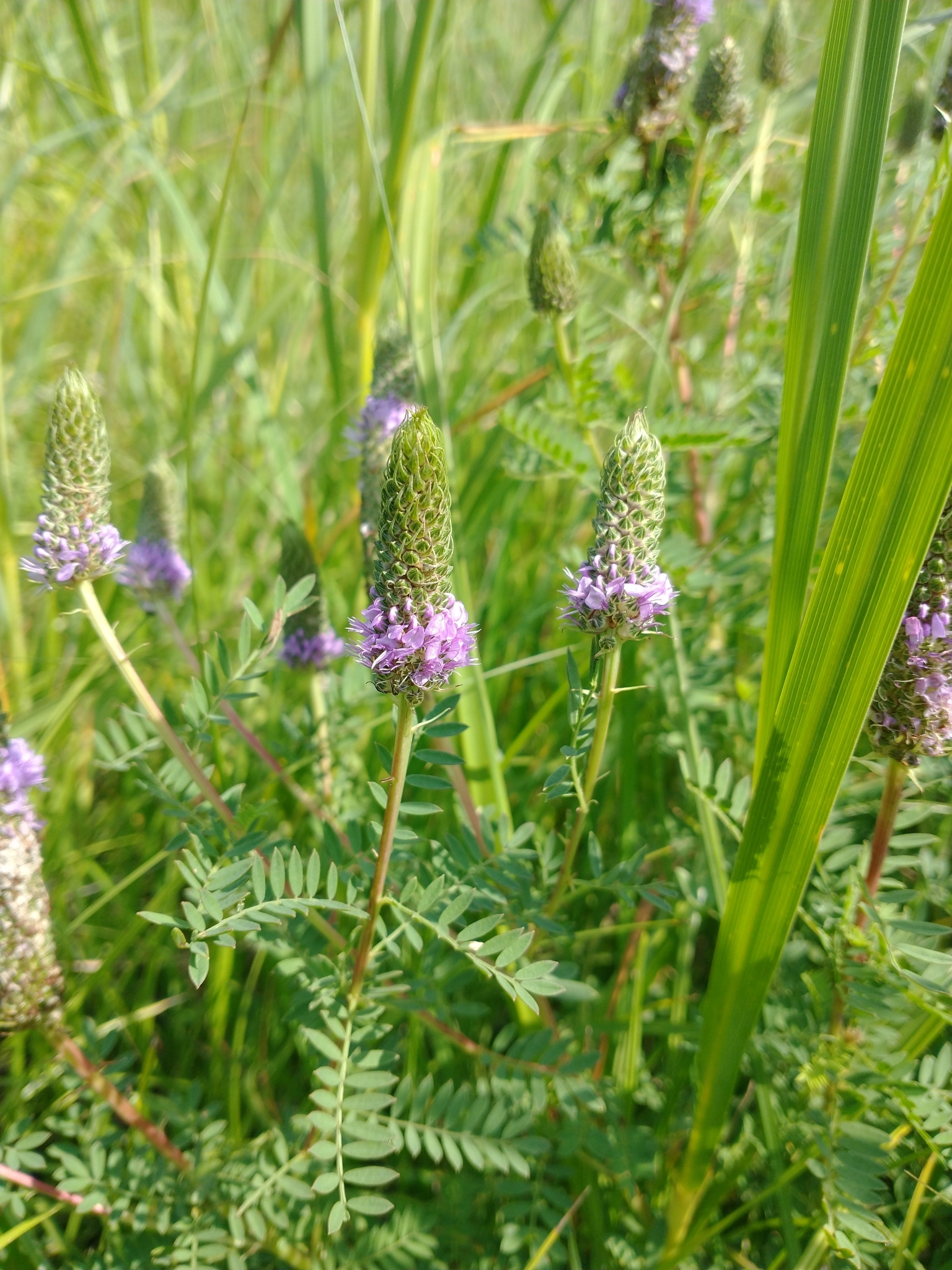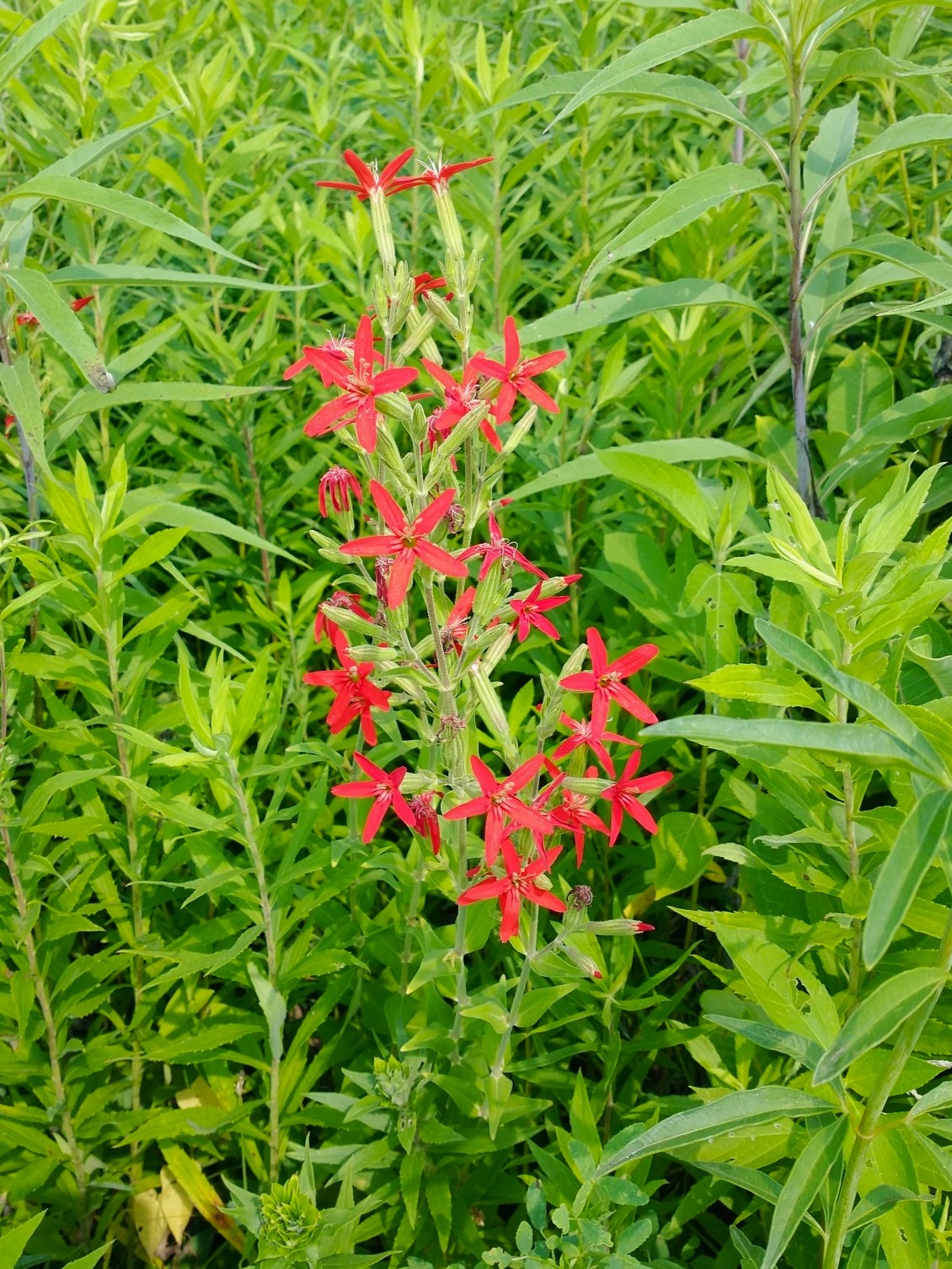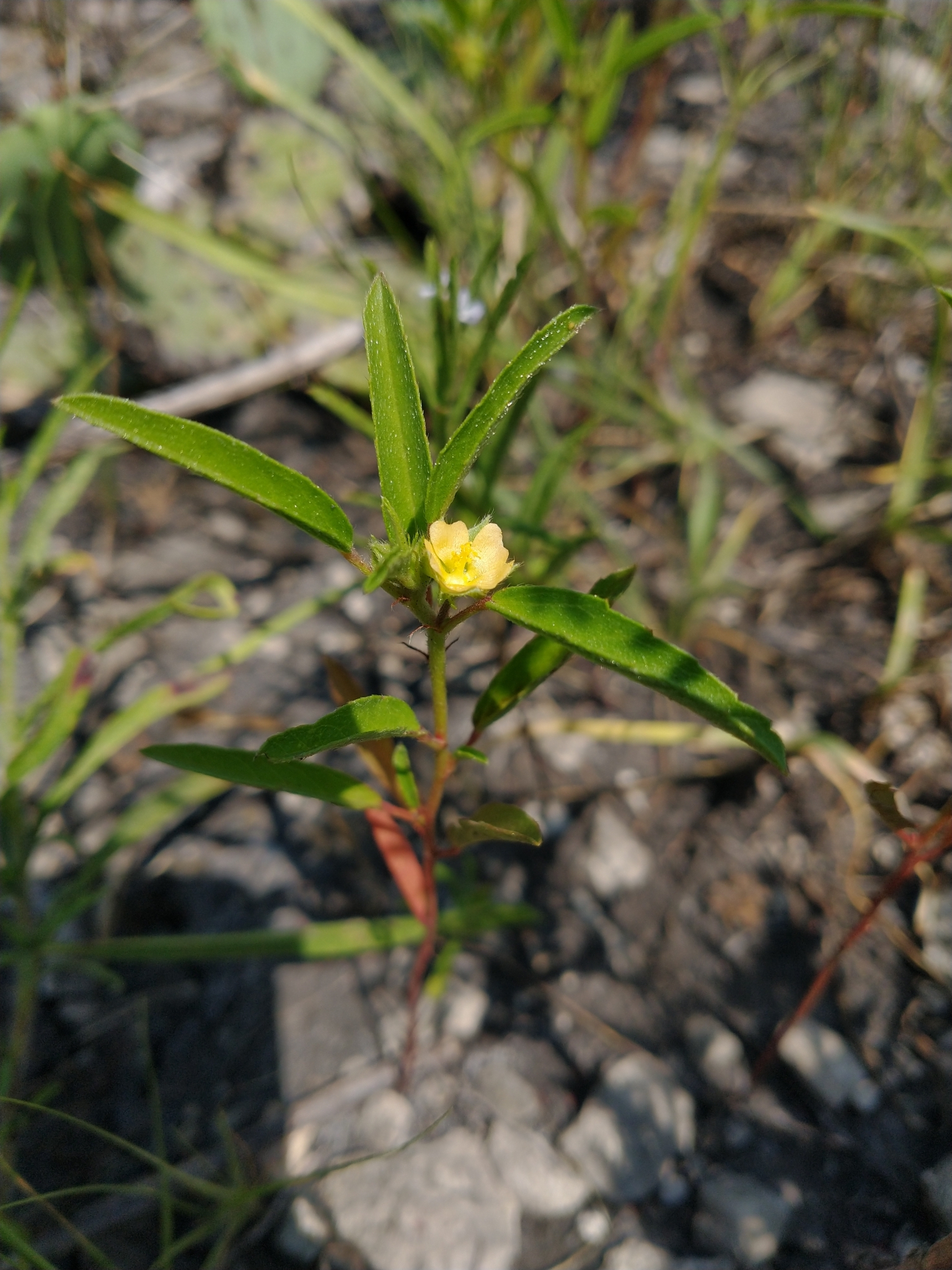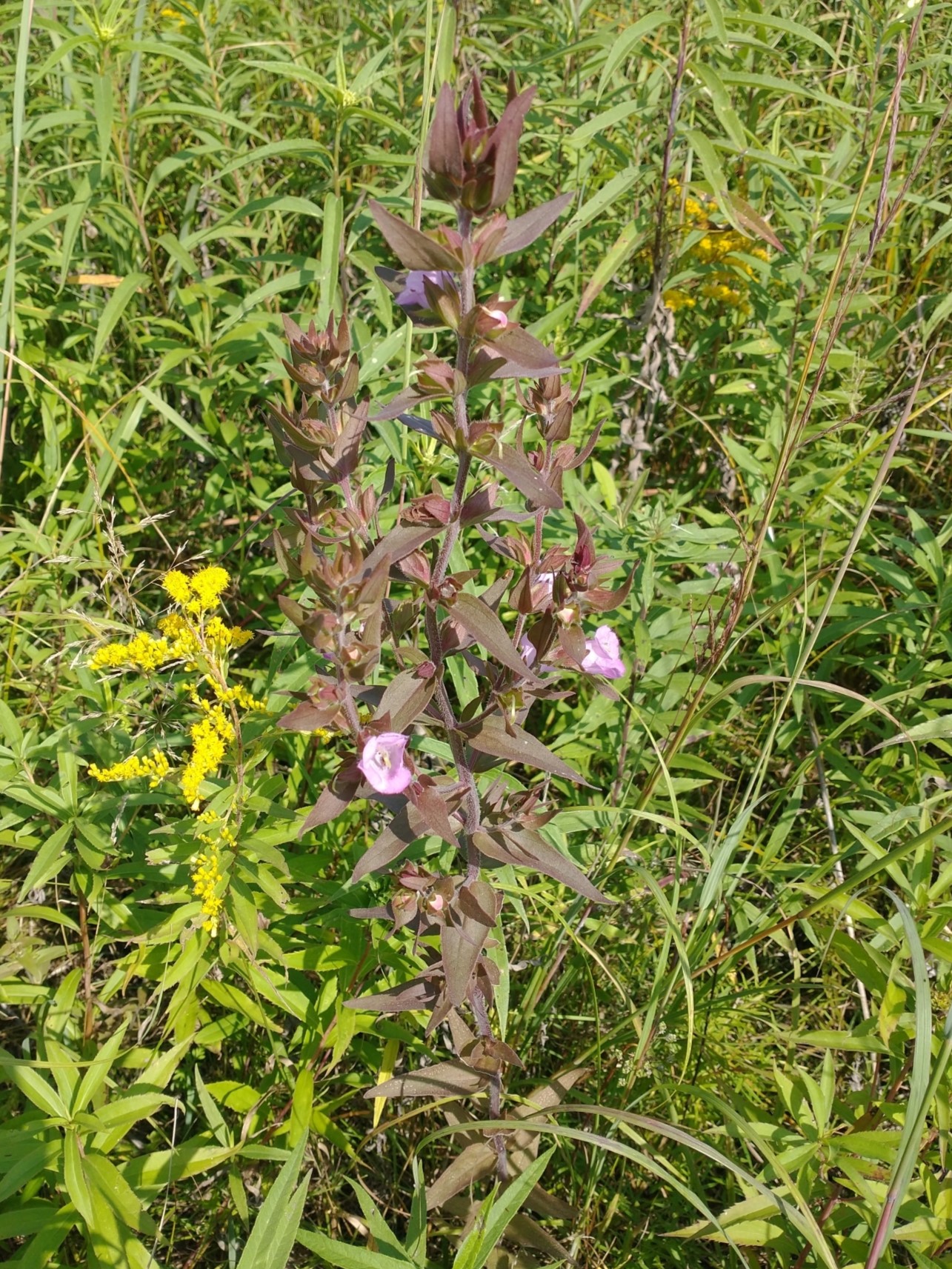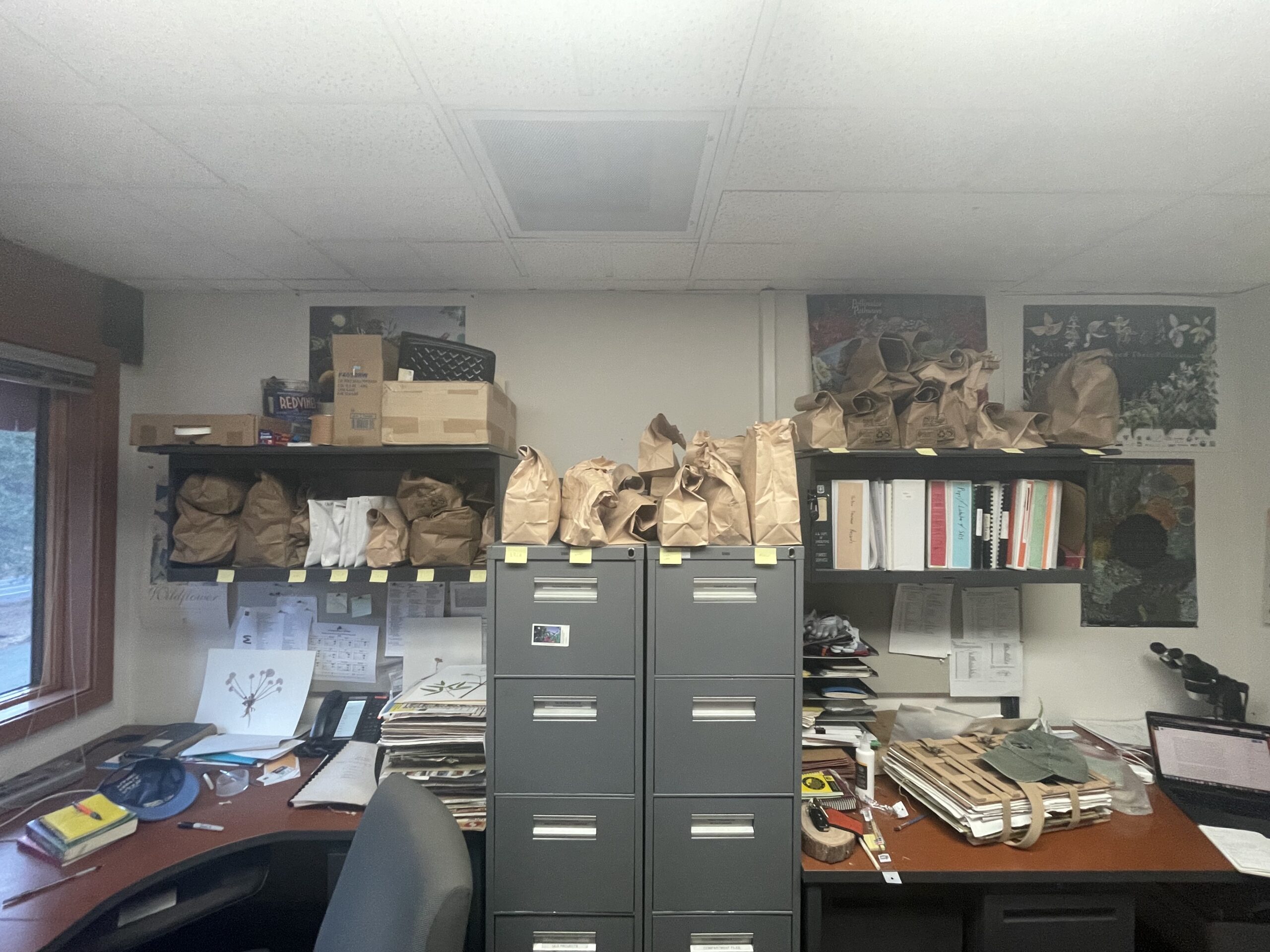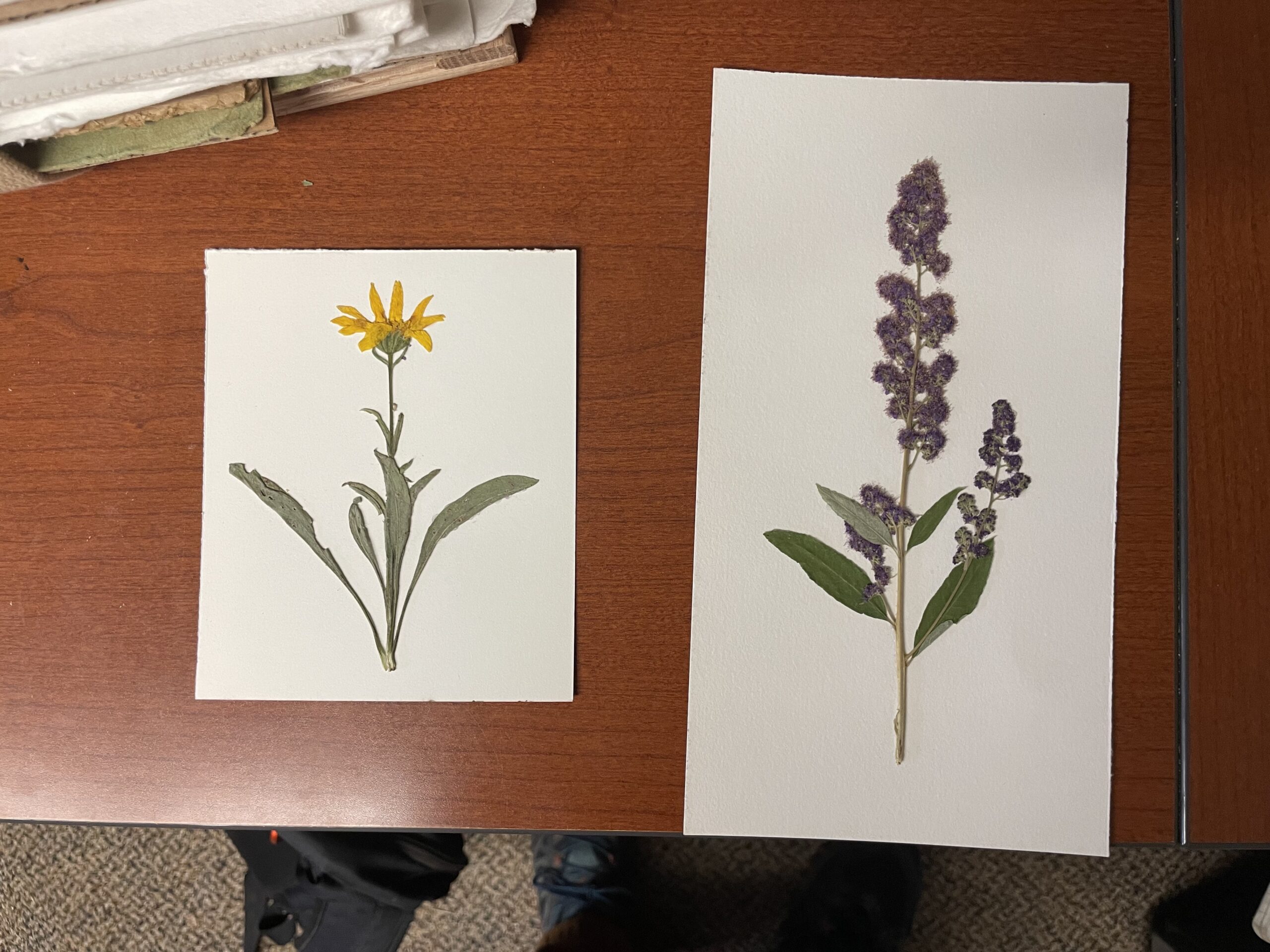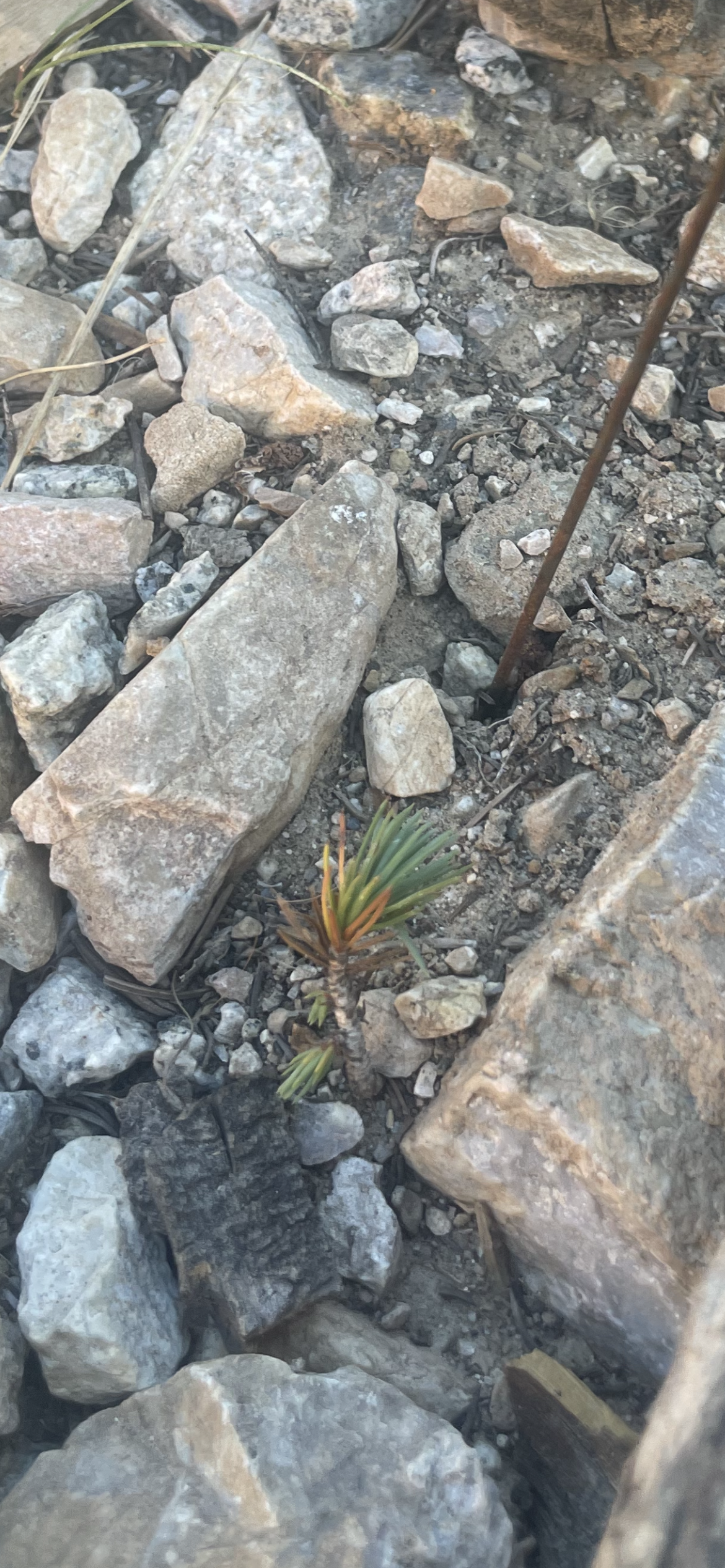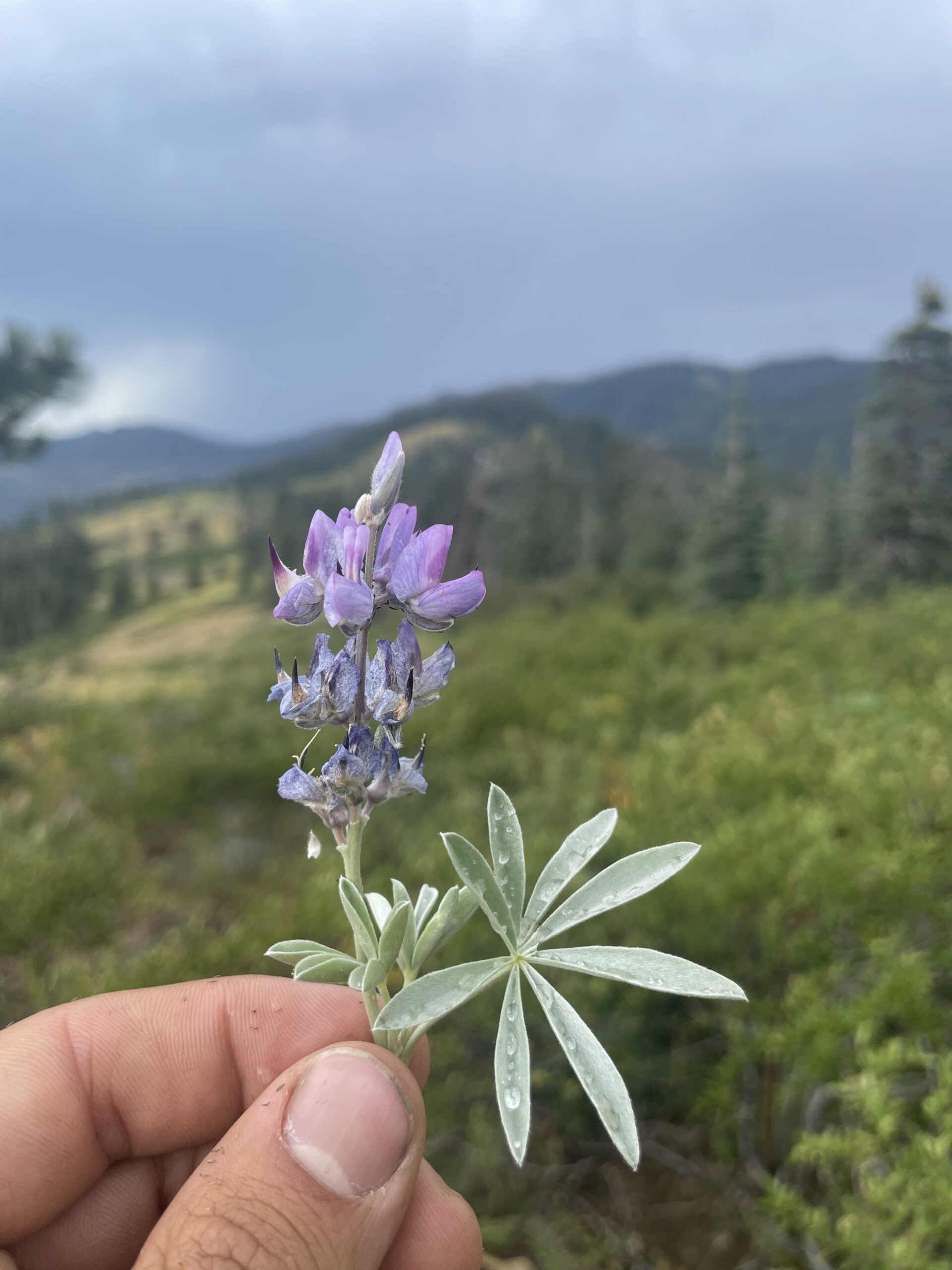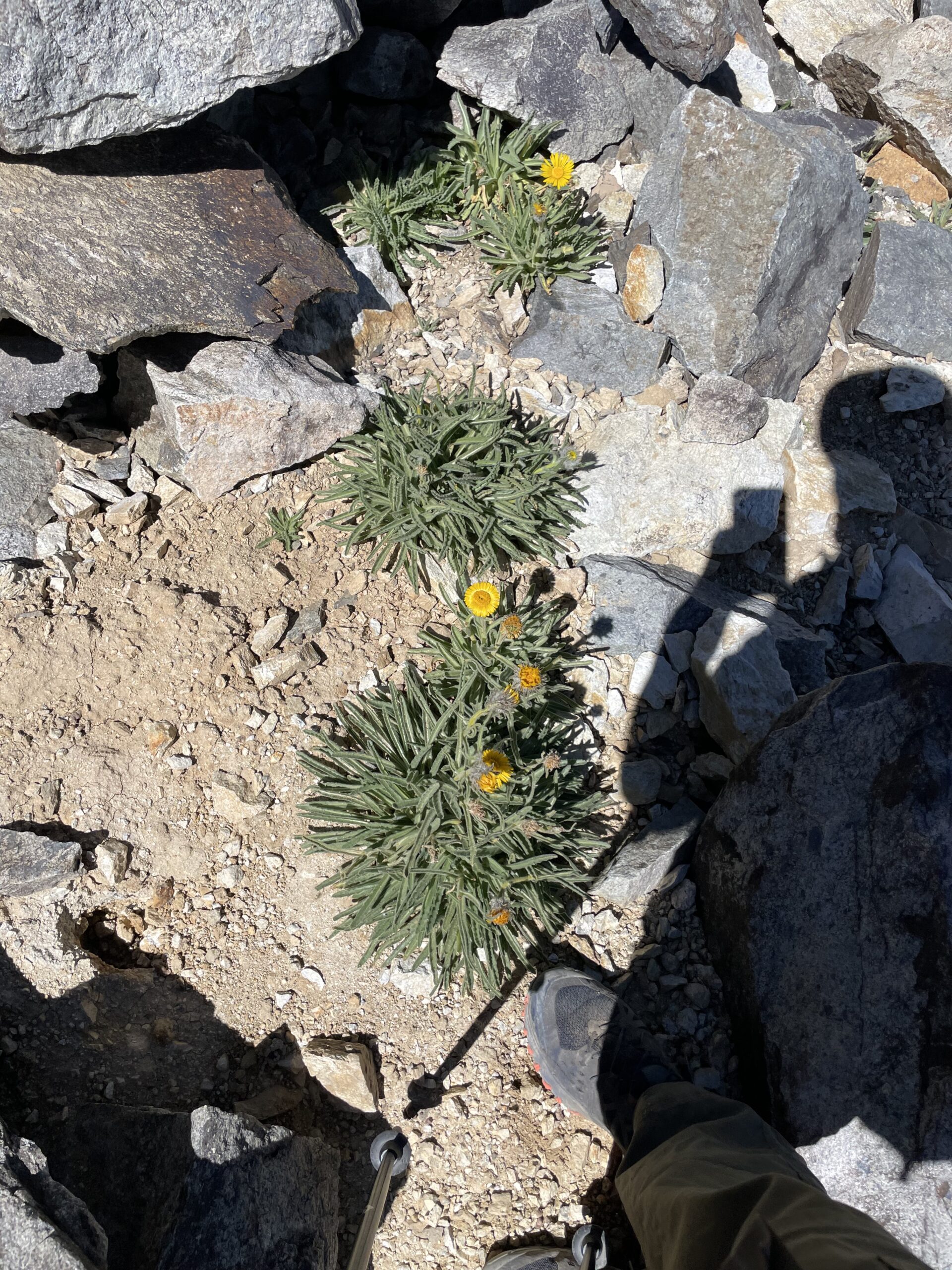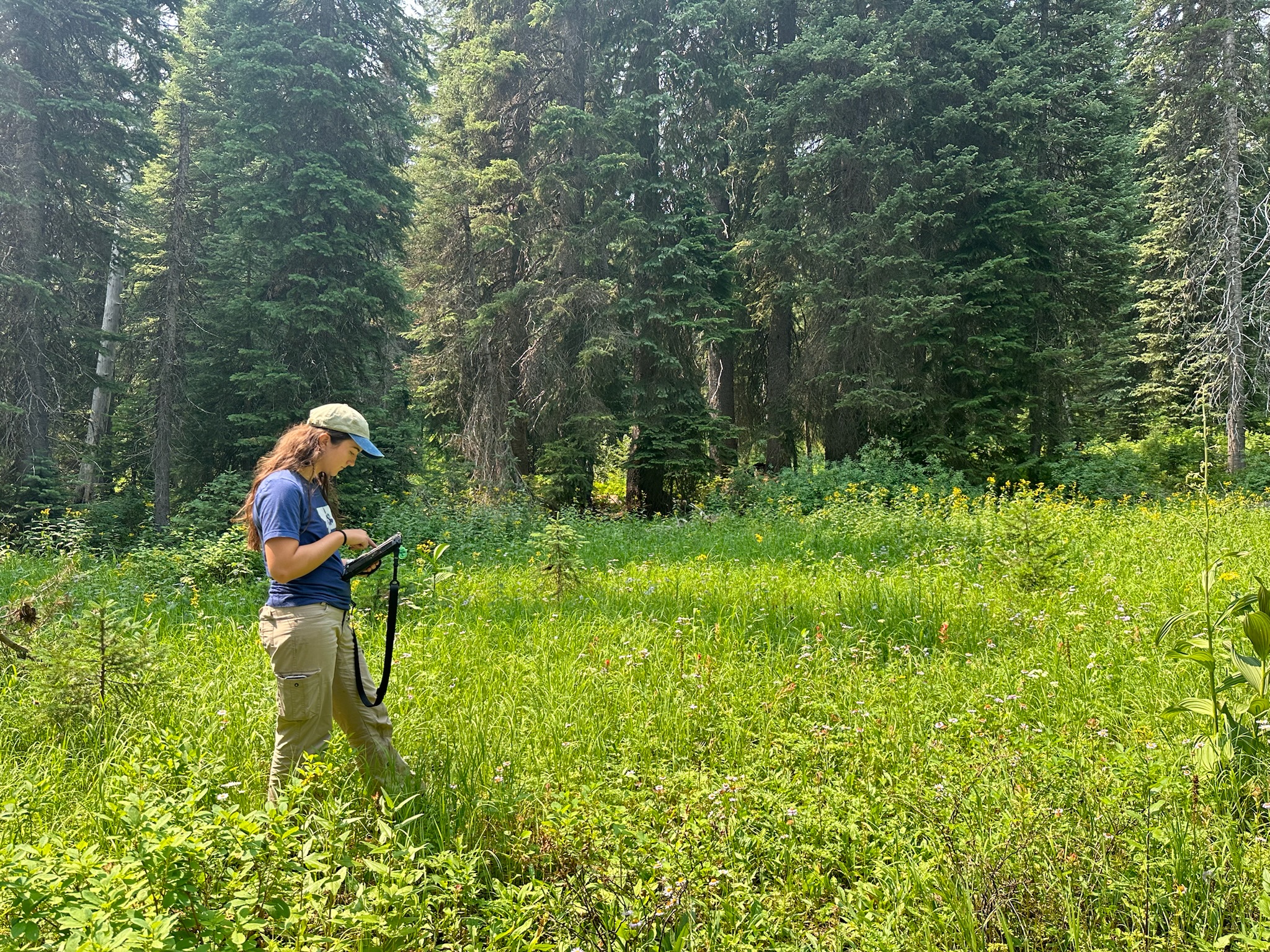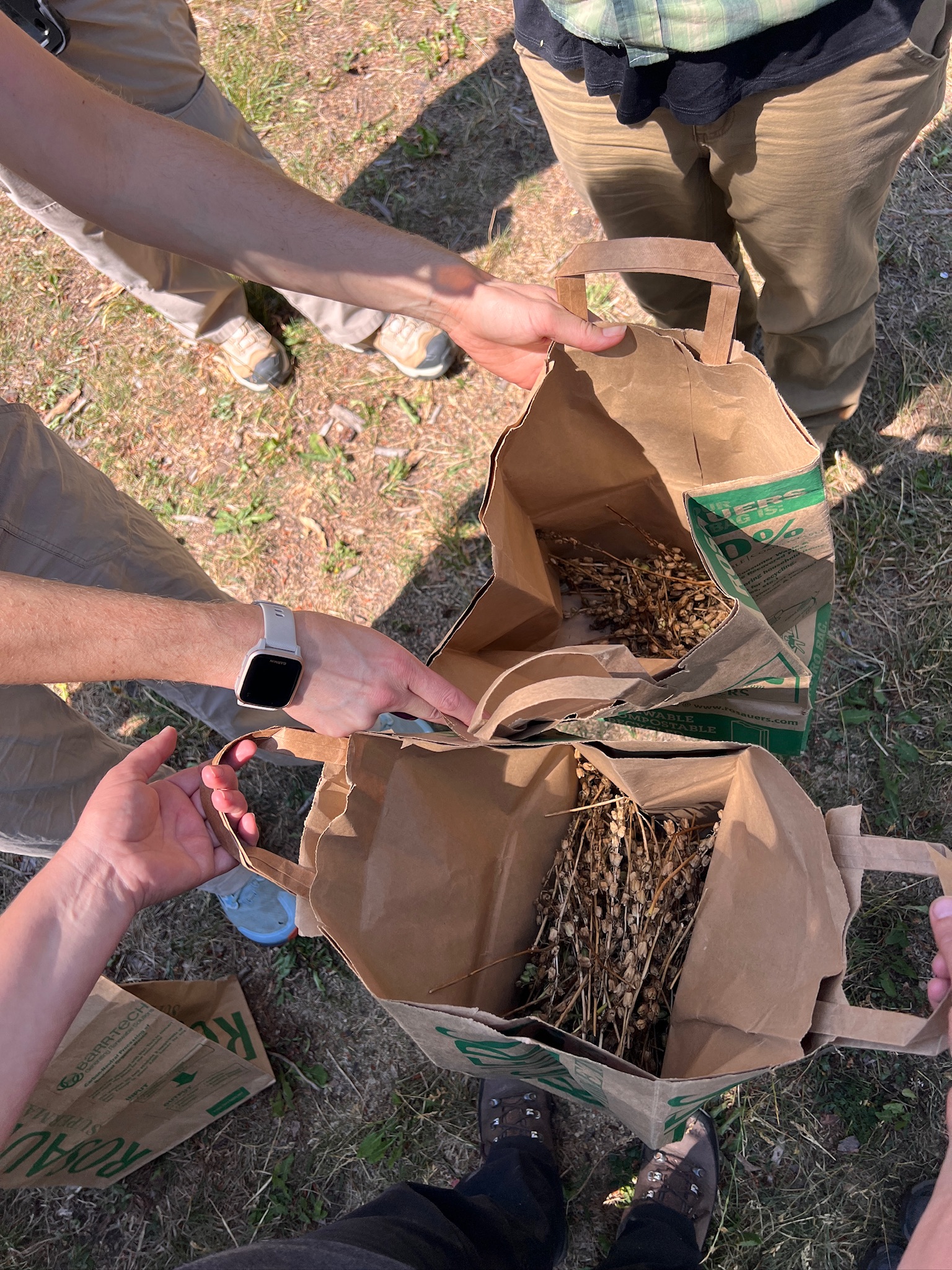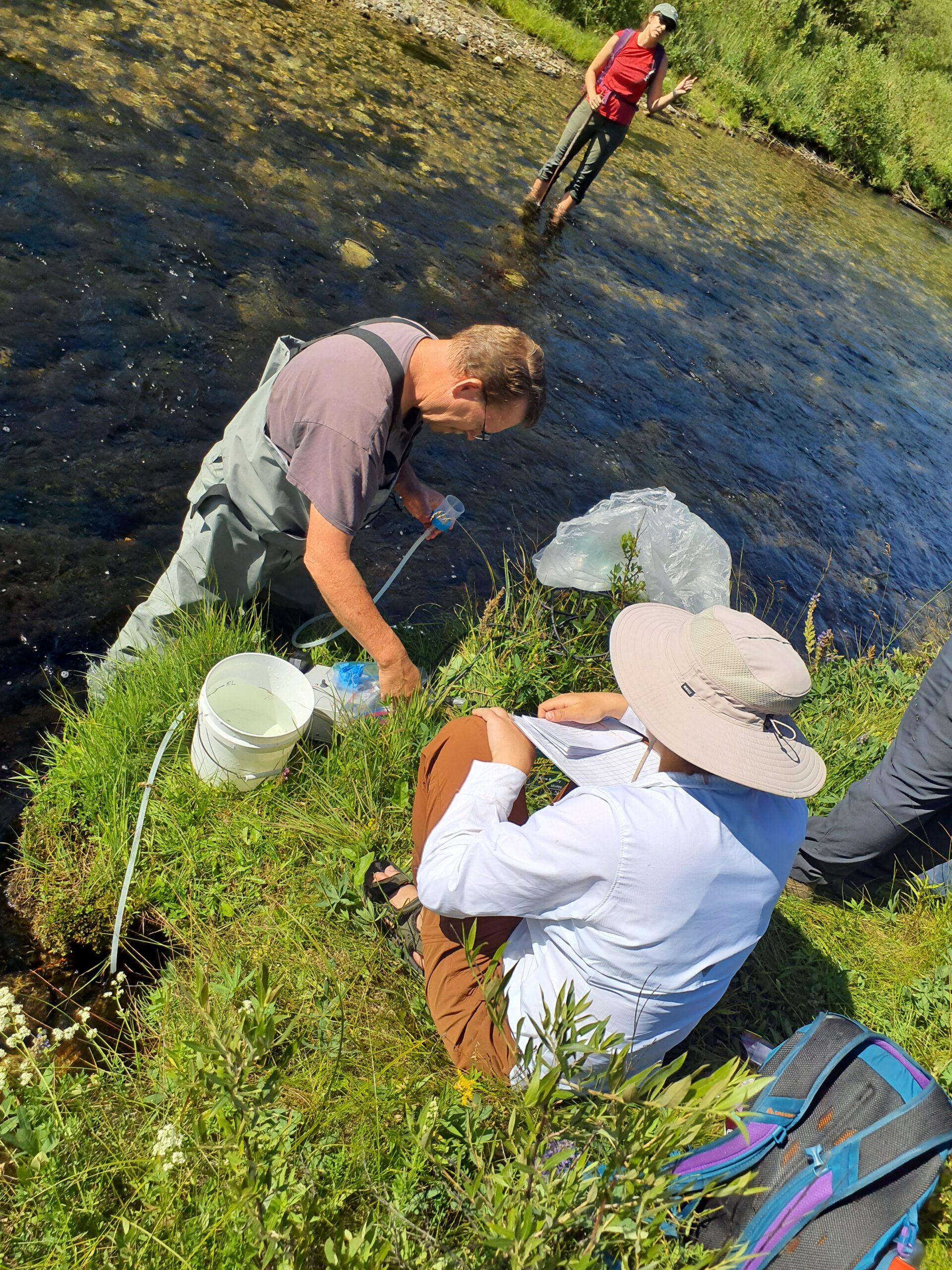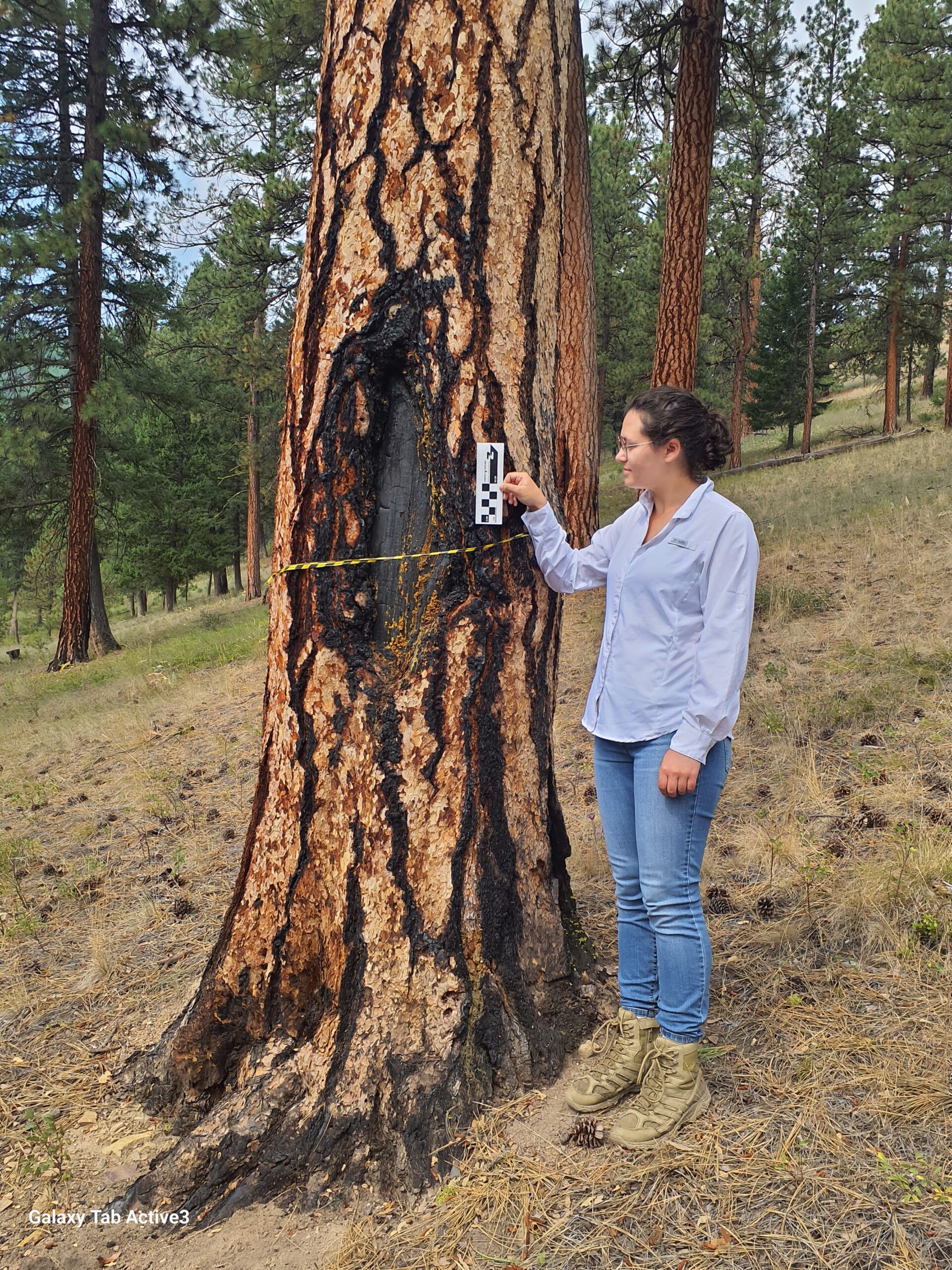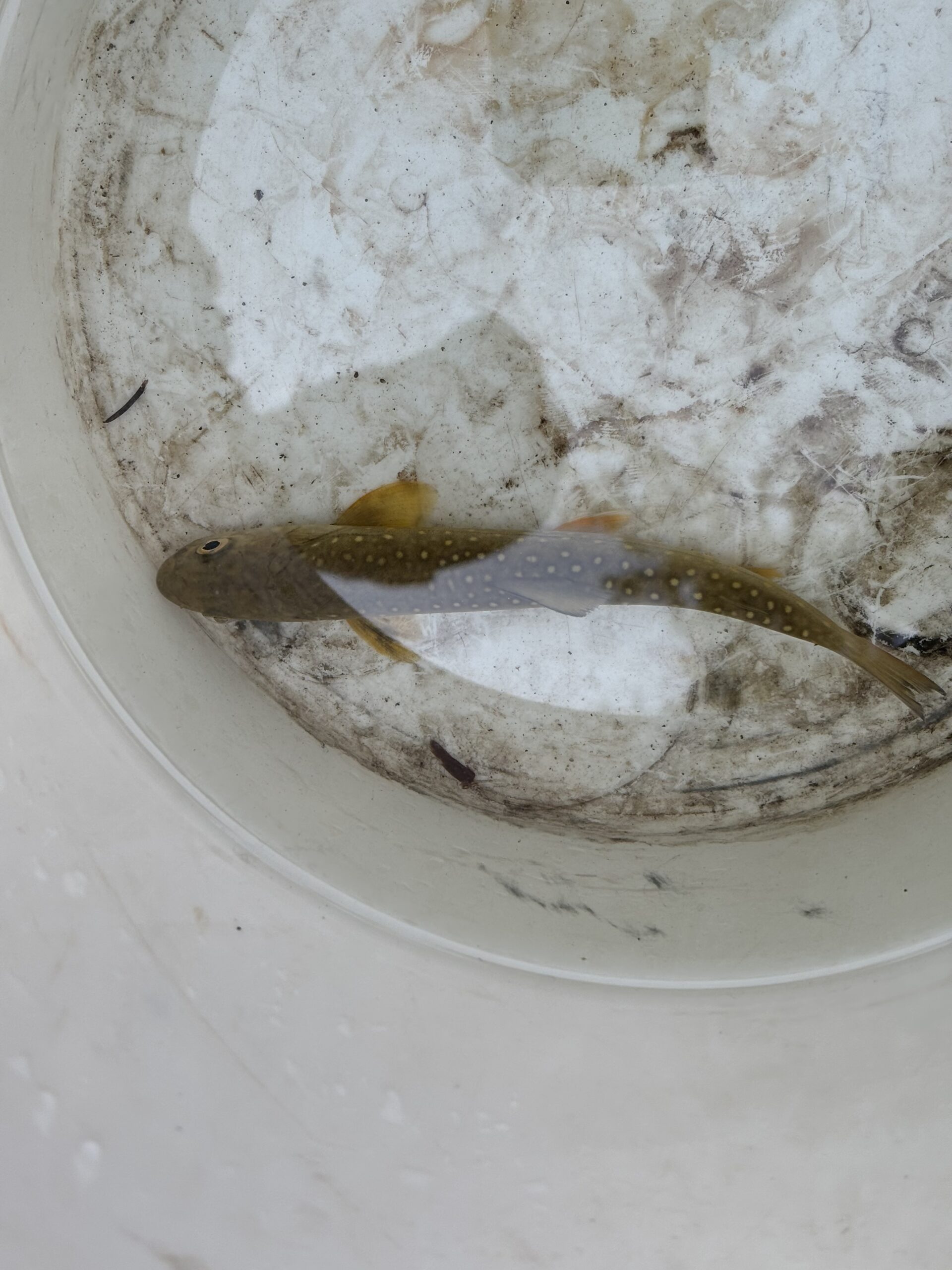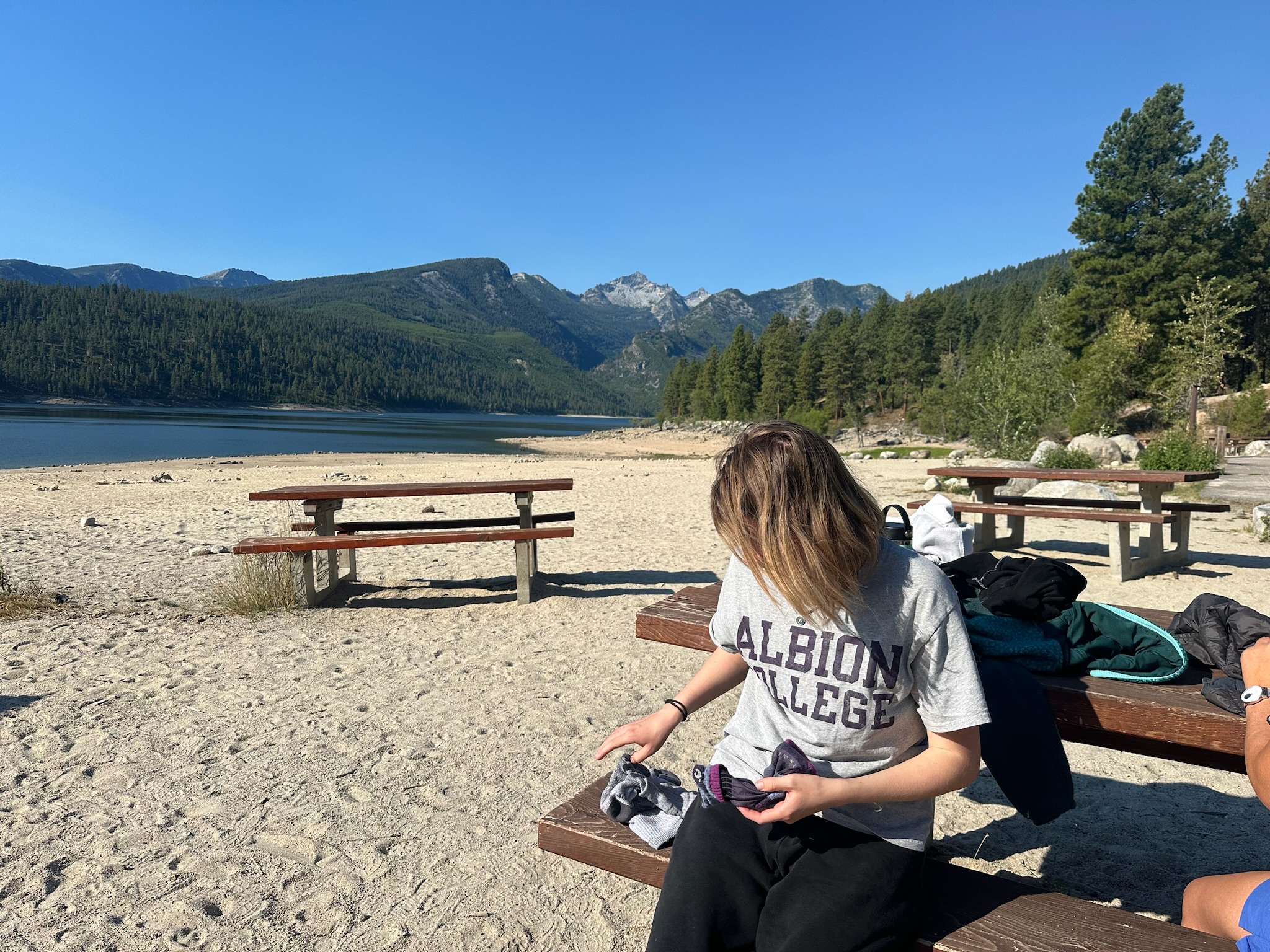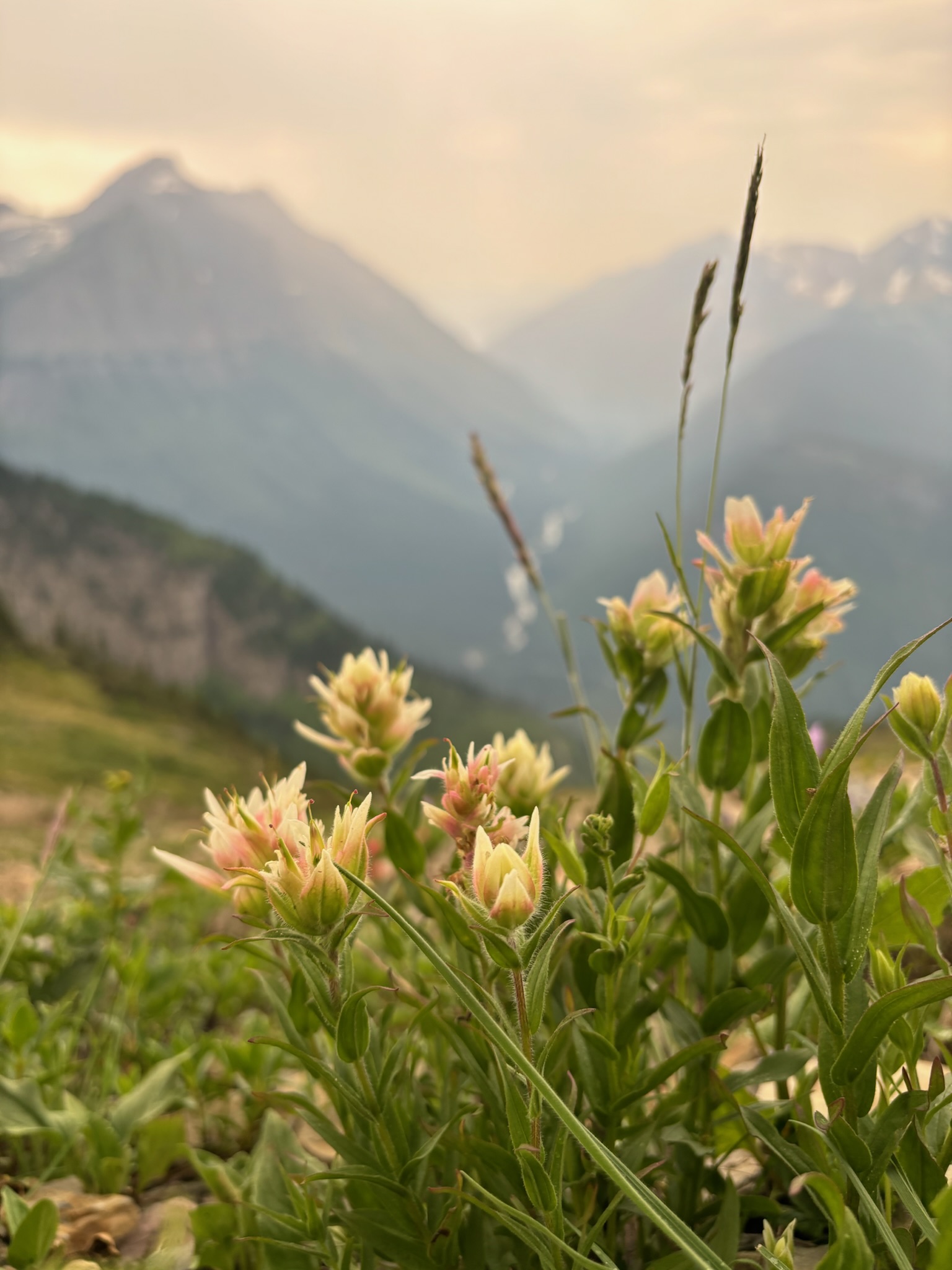Summer in the Pacific Northwest means berry season. While some, like the red baneberry, are highly poisonous, a lot of them are edible and quite tasty, making seed collection go by a lot faster. Whenever I get a little hungry, I just “test” one of the seeds for ripeness by assessing the flavor. In my free time, I return to populations too small for collection, but just big enough for personal use. I take the blueberries and bake a scrumptious, yet tart, blueberry pie, and the huckleberries are perfect for muffin making.
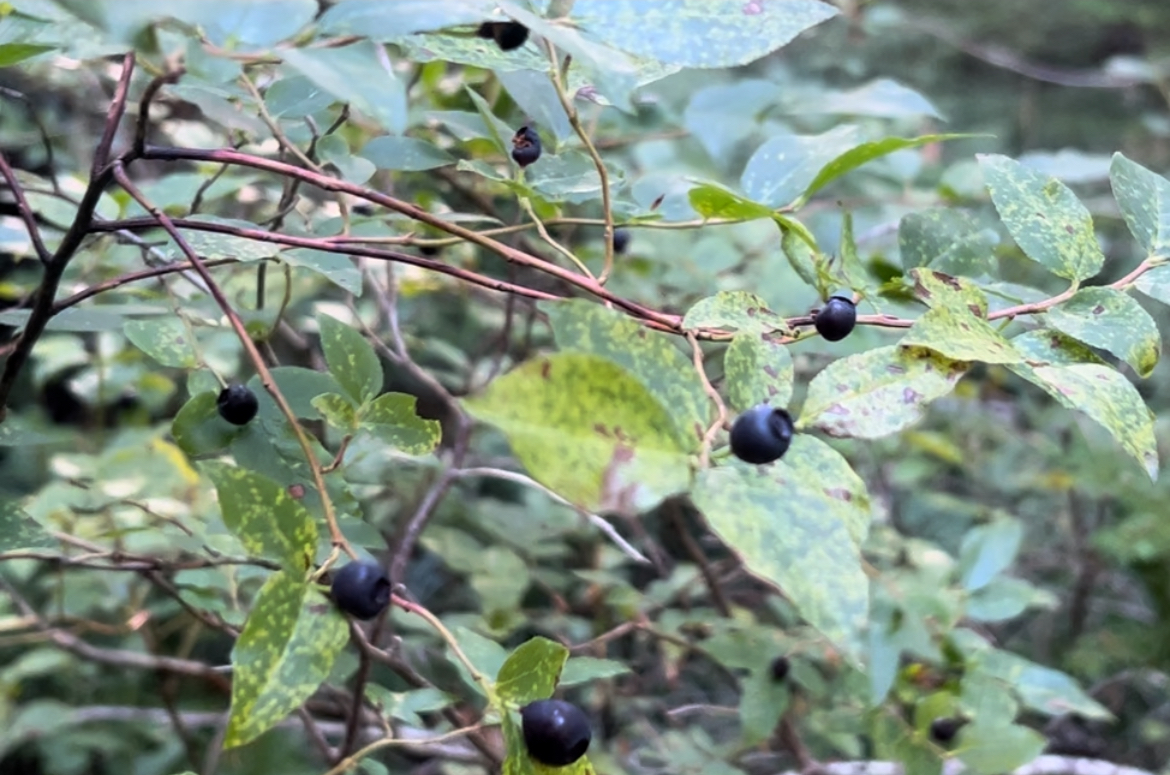
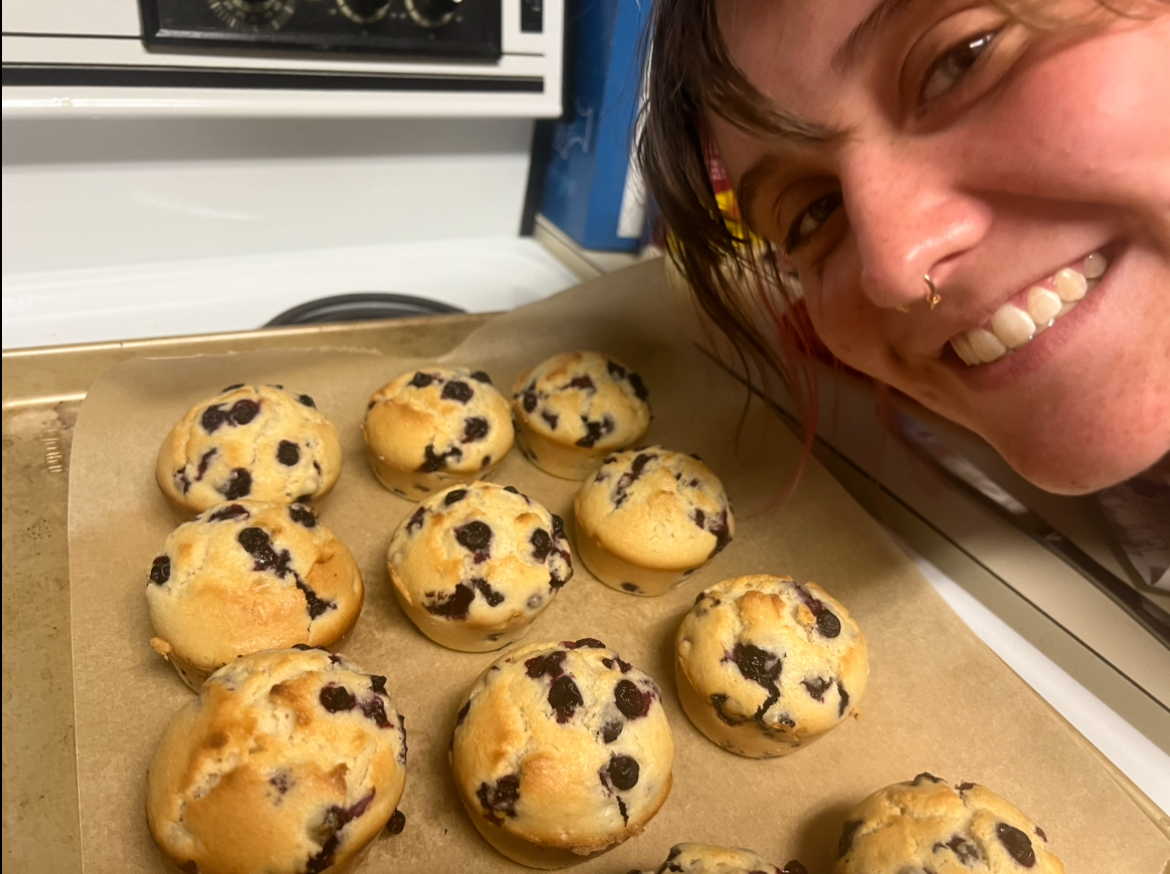
I’ve never felt this provided for in an ecosystem before. While I’m sure my beautiful southeastern home has ample vegetation to meet my needs, I was never taught anything about that. Most of my background is in agriculture. Working on farms and in fields, you develop a certain relationship with the land. It’s almost a parental role. You give the crops what they need – water, sun, nutrients – and watch as they take the provisions to grow and mature. You love your crops (except for maybe that tricky relationship with the bad seed who got influenced by the wrong crowd (aphids)), and you feel a sense of pride because you shaped them. You take their fruits, but those fruits are partially a product of your labor.
With seed collection though, I’ve developed a whole new relationship with the plants. There is no sense of pride with seed collection. I contribute nothing to the success of the plants. I play no role in their growth. I don’t give, I only take.
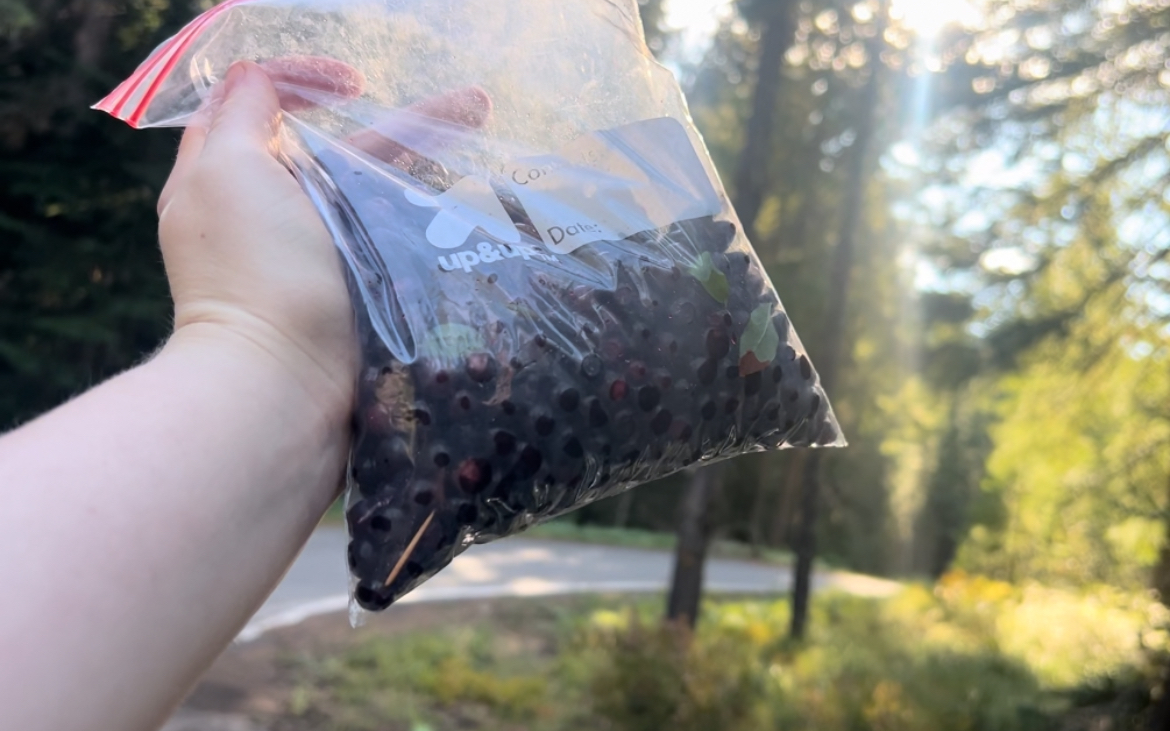
The roles are reversed – now the plants are taking care of me. I didn’t have to earn it, I just had to appreciate it. The term mother nature takes on a whole new meaning. While I’m well aware that every material thing I own comes from nature, I’m so separated from the raw materials that it’s hard to appreciate. But, when I pick the berries off the branch and pop them in my mouth, I know exactly who to thank. The book I’ve been reading, Braiding Sweetgrass by Robin Wall Kimmerer, has been teaching me to express gratitude to every part of nature. The berries that I collect are pure gifts. I’ve been trying to keep in mind the lessons from this book as I collect my seeds. Kimmerer talks of how she always leaves an offering for plants and thanks them when she collects from them. My inner treehugger comes out, but it feels joyous to thank the plants for their gifts. Even when I bake with my personal collection, I feel more inclined to take my time because I know that I’m using gifts, and there’s nothing more hurtful than wasting a well-thought out present. During work hours it feels even better to know that I’m using these gifts to help the plants back. The seeds that we collect will primarily be used for meadow and fire restoration, so everything I take goes right back to earth – a neverending cycle of gratitude and giving.
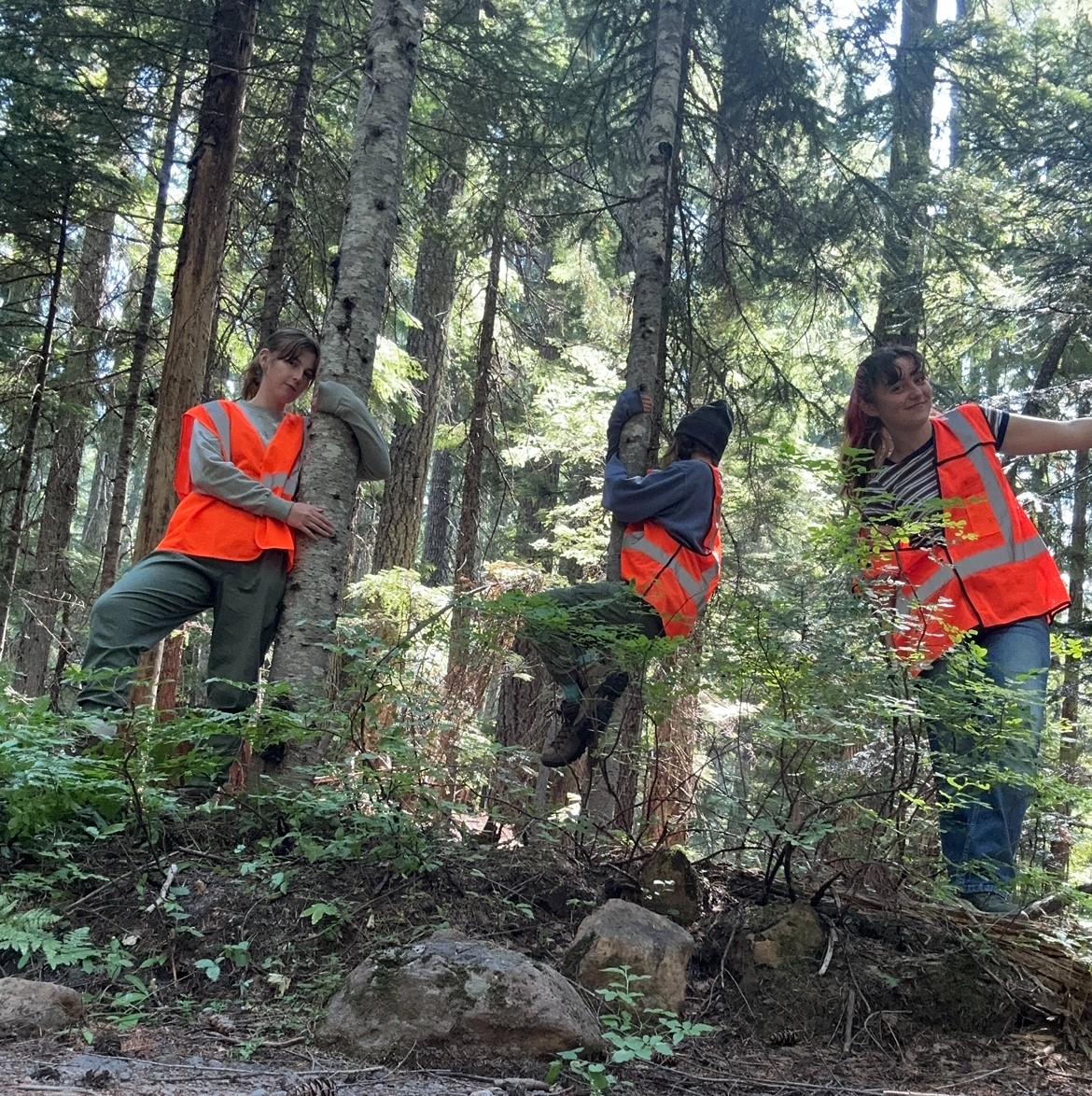
P.S. My two fellow interns and I have been working on an album to put into song what is so hard to convey with typical prose. Below is an attempt to explain how I feel when I’m picking berries.
Berries in the bag Well I was drivin my load down that gravel road Yung Gravy blastin through my speakers Windows down, sunglasses up, Sending a thanks to my good lord Caesar Passin bracken ferns and heck maybe even cedars (I dont know my trees) I’m cruisin right along, apartment K on my mind When I hear a ‘stop’ yelp out the back I get out the truck (there’s nothing here, wait what?) As I grab my pack, I see em Berries to my left. Berries to my right. Berries up and down. Berries everywhere in sight. I grab a ziploc, grab my walky talk And I start grabbin those Berries off the branch. Berries in my hand. Berries in the sky Berries in my eye But first.. Berries in the bag. (Yee haw) Berries in the bag Sittin in these bushes, got dirt for a cushion Hands stained purple from the fruit of my labor Bees swarm, birdies dive Everyone wants a taste of my berries to savor Karma blessin’ for my good behavior My stomach gives a rumble, gives a grumble She don’t like seein’ what she can’t have I decide to brave it through, clench those ab muscles (shoutout Shaun T) But that’s when I realize I got Berries to my left. Berries to my right. Berries up and down. Berries everywhere in sight. I grab a ziploc, grab my walky talk And I start grabbin those Berries off the branch. Berries in my hand. Berries in the sky Berries in my eye But first.. Berries in the tummy. (Yee haw) Berries in the tummy Huckleberries. Thimbleberries. Blueberries. Snowberries. I’ll take em all, take em anyway Blackberries. Black cap raspberries. Elderberries. Red baneberries. Bake them berries in a pie. Berries in the sky Berries on my tongue. Berries when I’m on the run. Keep me fed. Keep me full. Got my girl nourished too Berries... I love youuuuu! Berries to my left. Berries to my right. Berries up and down. Berries everywhere in sight. I grab a ziploc, grab my walky talk And I start grabbin those Berries off the branch. Berries in my hand. Berries in the sky Berries your the love of my life But first... Berries in the bag. (Yee haw) Berries in the bag Berriieess Beriieees Berries get in my bag!!!

